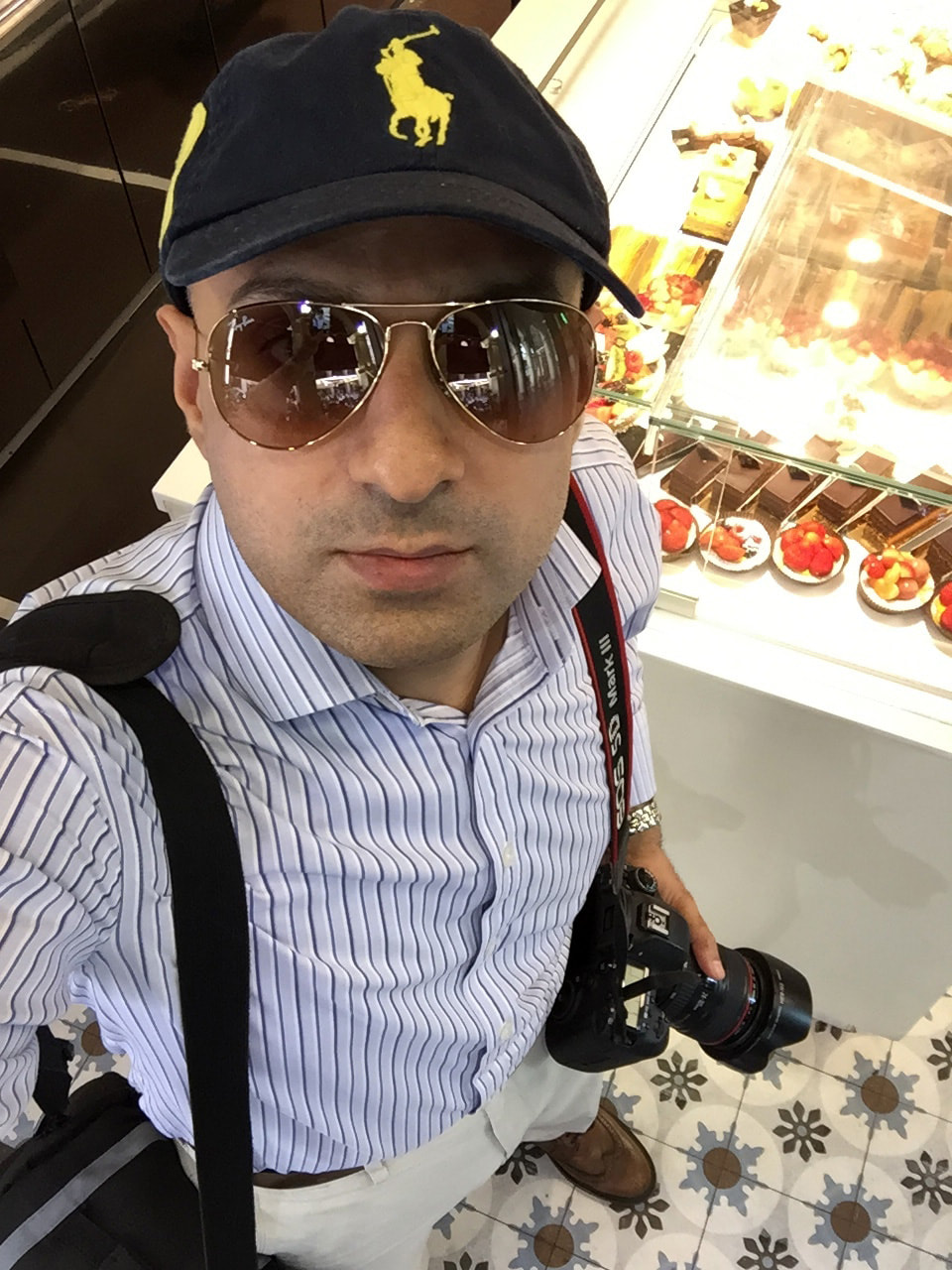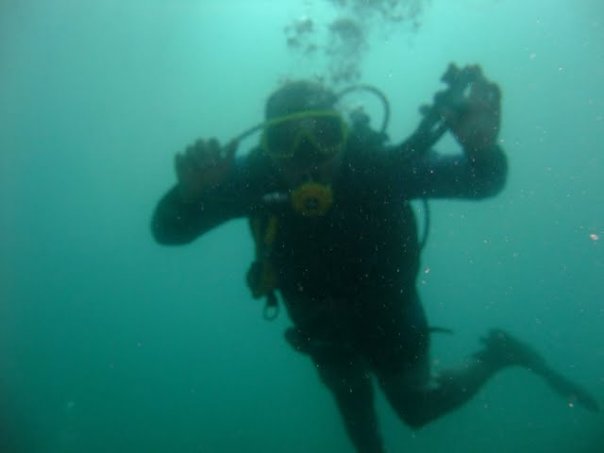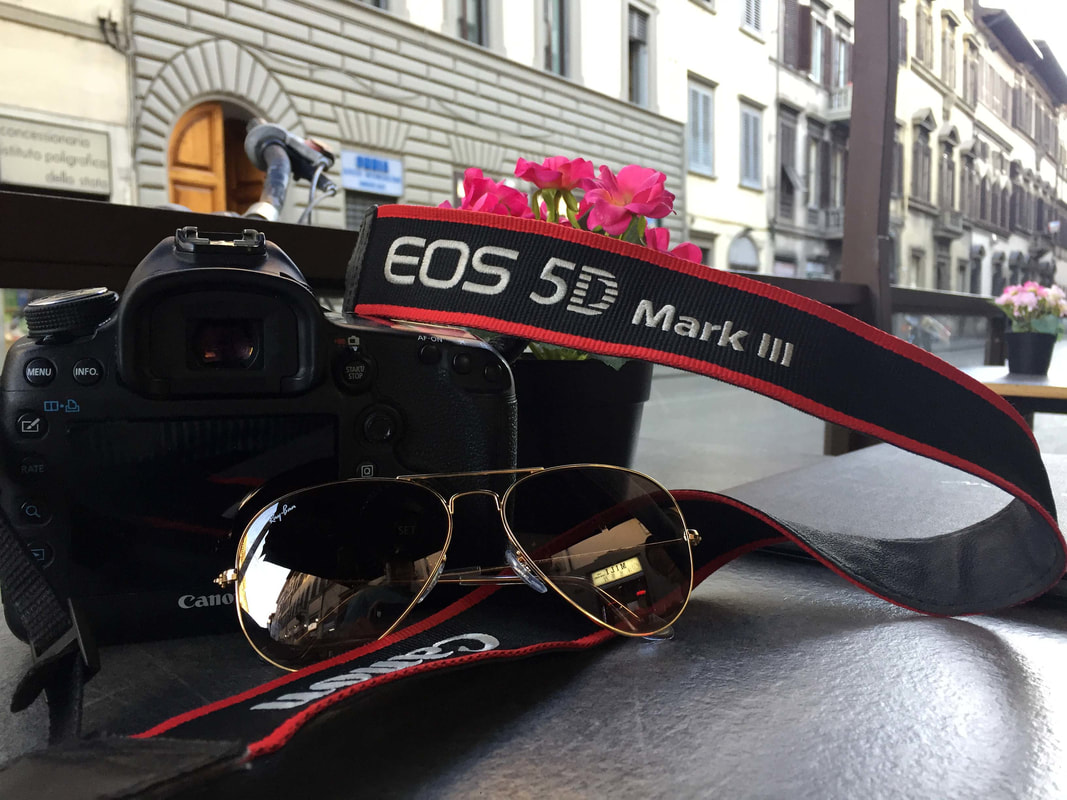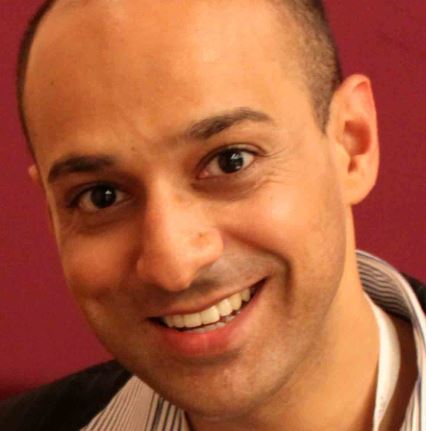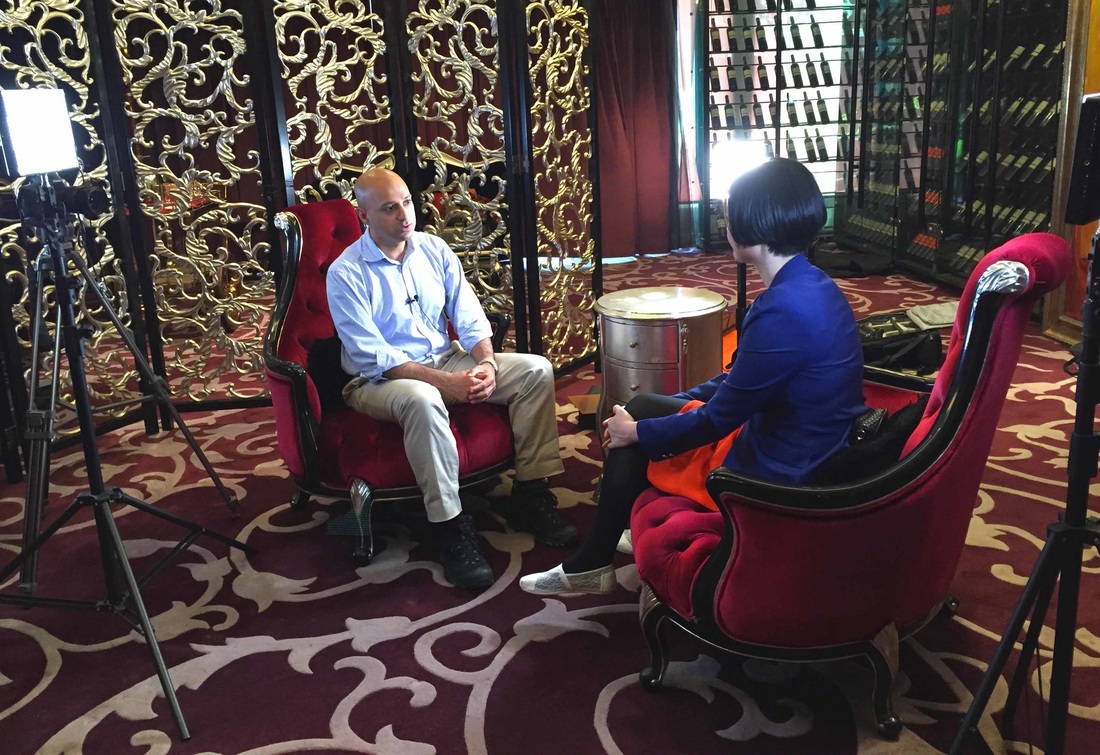|
This was the exact screening point that the crew of Malaysia Airlines flight MH370 went through at KLIA on their way to the aircraft 9M-MRO and they never came back. I took this photo on the morning of February 10 on the way to Hong Kong. A bit of a sad feeling as I went through the same gate...that CCTV image shown on various media outlets of the crew going through this screening gate came to my mind. I interviewed two of the staff (one of them is the Malay lady in the hijab in the photo), who both remember that moment of speaking to the crew and saying goodbye. When I spoke to them, they were still affected by their loss.
I guess most Malaysians still are. Even in Langkawi -where the co-pilot gained his flight training-if you speak to the taxi drivers or some of the restaurant owners, they recall the happy times of meeting him and his family. There are still signs and posters saying things like "Hope MH370 come back". My mate, James Nixon quite rightly says (I quote): "Airports are our homes. Their workers our extended families. The camaraderie of the players, from cleaners and the ladies at the canteens where we grab meals between flights, to the check-in staff and gate agents; we all have small but meaningful friendships with the people we see everyday of our working lives. When one crew doesn't come back we feel incomplete." May god bless the crew and passengers of MH370...you are still in our hearts. Respect. Sorry photo is blurry because I quickly took this one with my iPhone and did not focus on quality (I should have done!), as did not want to hold passengers standing behind me in the waiting line. Completed in 2005, and located 600 metres above sea level, the Sky Bridge is a 125-metre curved pedestrian cable-stayed bridge located on the island of Langkawi, Malaysia. Naturally, you can only get to it via a cable car, which does provide spectacular views of the surrounding forest and the nearby islands while on your way up. Go and see it....will blow your mind away!
Perched on the North coast of the island, The Andaman, a Luxury Collection Resort, Langkawi is a truly exceptional vacation spot – offering complete comfort and five-star luxury, all while being neatly cradled by lush ferns and ancient forest on one side, with a view of Datai Bay ahead, which turns from sparkling blue, to deep turquoise, to a silver-flecked navy, as the day progresses. The beginning of the Spring season in Langkawi is the best time to visit the island - the temperature is bearable and the almost daily night-time showers leave everything clean and crisp during the daytime. If you want the perfect honeymoon or a family holiday in south-east Asia, without the hassling crowds and noise, then book a place at The Andaman. Honeymooners should try to secure suite 139, otherwise known as “The Honeymoon Suite”, complete with the creature comforts one should and can expect for a romantic getaway. The place will blow your mind away. We spent five nights here and it was the time of our lives. Nothing beats the feeling of enjoying Veuve Clicquot with your feet in the sand at the beach bar, while watching the sun setting and leaving a glorious red sky behind, or spending an afternoon enjoying an open-air couples massage to the sound of crashing waves. Flying Lemurs may be seen at dusk. This animal is not related to the Lemurs of Madagascar, and it glides rather than flies; but nevertheless, it is quite a beautiful animal to see. There are just two species of Flying Lemur worldwide, one of them is located here in Langkawi and the other being the Philippine Flying Lemur. As with most creatures of the rainforest, these fascinating animals are arboreal and nocturnal. The gliding membrane extends to each body extremity including the tail, giving it a kite-like shape when gliding. Most of the animals on Langkawi are human-friendly, and they feed on fruits, flowers and other vegetation. If you wonder around, then you may also come across and a Monitor Lizard in the surrounding ancient rainforest. The only advice one would give is not to touch or feed them- no matter how tempting the cuteness may be! The resort is around a 25-minute drive from the airport and an equal amount of distance from the nearest town, Cenang Beach- which will cost you around US$25-30 each way, so come ready with a good credit card because you will need to use it inside the resort! But it is high worth while, especially if you are on your honeymoon. This resort is the best in the whole of Malaysia for honeymooners. The Datai is good too, but most of the crowd at the Datai tend to be the eldery generation or wealthy retirees who want to while away their time chilling around and reading books by the beach all day. For those on a honeymoon, it is the Andaman - without a doubt. You will have the time of your life! The FoodThe Honeymoon Suite (The Executive Suite)All the 178 generously spacious room, which include 23 luxury suites, boast a contemporary tropical design and stunning views across the Datai Bay. You'll be spoilt for choice. With stunning views, whether during the early morning or during dusk, you'll never want to leave. Imagine waking up everyday and walking out to your own balcony overlooking the ocean, with the gentle crashing of waves as a soundtrack. For those on a honemoon, like us, it is the perfect picture of a tropical island resort. One thing you will notice about the suites at the Andaman is that the lush forest is home to Macaque monkeys loafing around the property. These cheeky visitors have grown accustomed to dropping into your room and they know exactly what to take (usually the drinks from the minibar). The SpaThe WildlifeThe ViewsDr. Gerry GoedenThe resort is also a great place to have team building sessions while helping to conserve the environment. Guests can educate themselves about coral conservation efforts by the resort at the Coral Nursery. The stretch of beach at the resort’s doorstep used to be rich with colourful coral reefs, believed to be about 8,000 years old. However, these were very badly damaged during the 2004 tsunami around the Andaman Reef.
The hotel's in-house consultant marine biologist, Dr. Gerry Goeden (known as "Dr. Gerry"), a nursery was set up in the hope to rebuild the reefs. The dead corals are collected and then “recycled” at the Coral Nursery where their minerals are used by propagated corals to speed their growth. It helps the environment a lot and Dr. Gerry and his wonderful team are there to educate visitors from around the world of how important the value of marine life is. As part of the team-building activities, guests get the chance to help create dead corals together with a mixture of concrete. The initiative aims to build a sustainable fishing industry for the next generation of local fishermen. The resort is very fortunate to have this amazing coral reef program- I think there should be more of these educational programs that make full use of the marine life around. It is sad when you see and hear stories of how tourists are damaging reef or are in some extreme cases in SE Asia (without naming countries!), they end up picking and eating seafood which they shouldn't- this is because they have not had the correct education about taking care of marine life. Not only do we have the opportunity to improve the environmental condition of the reefs and fisheries, but we also have the opportunity to educate our guests. The environmental awareness activities had attracted many companies (for corporate clients) and tourists from all over the world, and even the local schools. The beginning of the Spring season in Langkawi, Malaysia, is the BEST time to visit the island - the temperature is bearable and the almost daily nighttime showers leave everything clean and crisp during the daytime. If you want the PERFECT honeymoon in south-east Asia, without the hassling crowds and noise, then book a place at The Andaman, a Luxury Collection Resort, Langkawi. The place will blow your mind away. We spent five nights here and it was the time of our lives. Highly recommended. Contact them HERE.
 A Malaysia Airlines B777-200 parked at Kuala Lumpur International Airport (KLIA). Memories of the two Boeing 777-200 aircraft belonging to Malaysia Airlines that were involved in accidents in 2014 (MH17 and MH370) are still fresh in mind, and every time I see a Boeing 777 belonging to Malaysia Airlines, the events surrounding the unfortunate circumstances of both accidents immediately come to mind. Am I scared to fly with Malaysia Airlines because of those events? No, I am not, and neither should anyone else be afraid to fly with a fine airline as Malaysia Airlines. I firmly believe that those crew on flights MH17 and MH370 were fine people doing their job to take passengers safely in comfort from one place to another, but sadly due to unfortunate events that were out of their control, they perished. Millions of passengers fly around the world, and flying is still one of the safest ways to fly. Let us not forget that Malaysia Airlines is one of the best airlines in the world- it is one of the great legacy carriers. In 2008, I fondly remember having a conversation with Martin Barrow (former MAS Executive Director) in his London office where he invited me to try and experience flying Malaysia Airlines. "Navjot, try Malaysia Airlines and review them. Winner of the Best Cabin Crew awards for many years", said Mr. Barrow in 2008. Ever since that day, I have always wanted to fly with Malaysia Airlines, but could not do so. Thankfully, that day arrived in August (yes, in August, I have been busy all this time so did not have time to update my blog). I am proud to say I flew Malaysia Airlines from Kuala Lumpur to Kathmandu on a Boeing 737-800 (I will write a full review later). 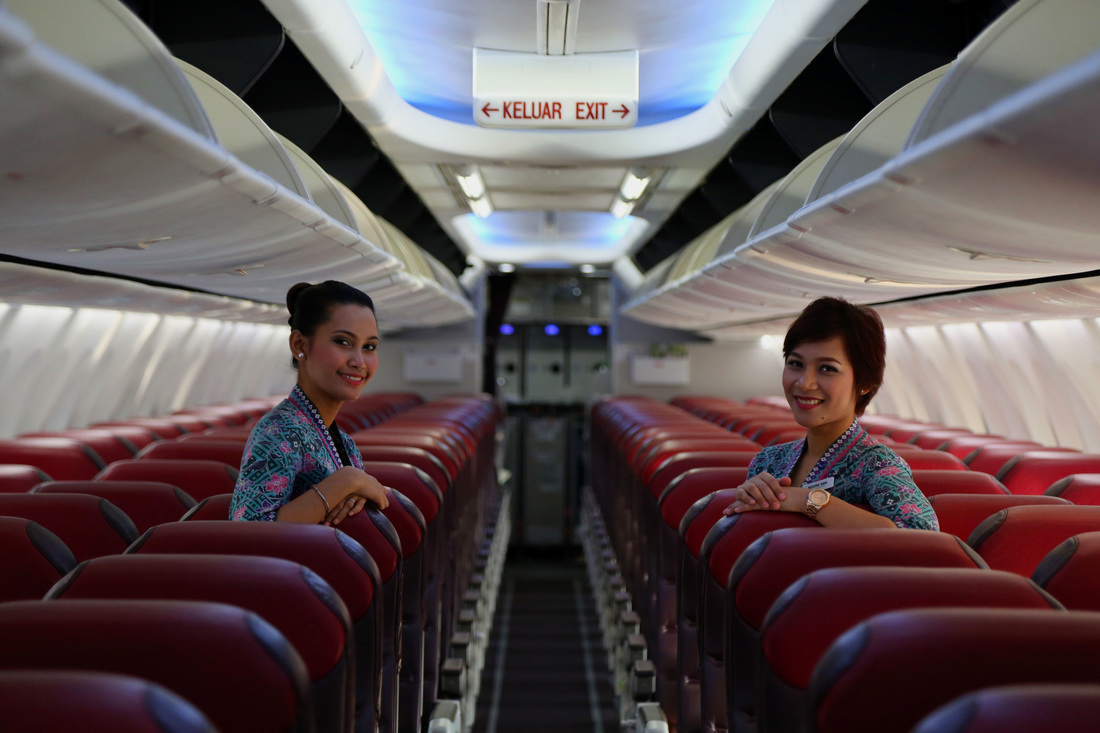 The very professional and friendly crew of Malaysia Airlines flight MH170 from Kuala Lumpur to Kathmandu in August. All power to them and their colleagues for having the courage and professionalism to continue to doing such as wonderful job after their company suffered such tragic events in the past two years. They say that in the airline industry, an airline is finished if it suffers two or more accidents. However, I do believe Malaysia Airlines will once again be the Skytrax 5-star airline that it used to be. From my experience, their cabin crew and in-flight service is among the best and up there with the top airlines in the world (and for those who may be wondering - no, I am not being paid to write this.): Photo Copyright Navjot Singh Kuala Lumpur, the capital city of Malaysia, is getting well accustomed to accommodating plenty of five star international hotels. Located in the heart of the city’s Golden Triangle business district, and perhaps the most happening place for shopaholics, The Ritz-Carlton, Kuala Lumpur is somewhat of an historical gem in terms of luxury hotels in the city, having been opened in December 1997. The hotel’s 365 guest rooms, including 30 One-Bedroom Suites are a marvel that stand out like a sore thumb. Unlike other hotels’ in this city, irrespective if they are of a five star or not, the beauty of The Ritz-Carlton, Kuala Lumpur is that residents in this hotel are treated to arguably the best customer service in town. Every industry has their gold standard: for coffee, it is Starbucks, for aviation is either Airbus or Boeing, and for hotels? I’d say it’s the Ritz-Carlton without a doubt from my experience. Kuala Lumpur is one of the prime destinations for Arabs and for Muslims as well – many come here for their honeymoon. The city is almost like a mini-Dubai, except that there is not as much glitz and glamour. Guests at this distinctive property can enjoy convenient access to upscale shopping, dining and entertainment. The magnificent Petronas Twin Towers are only around a twenty-minute walk from the hotel via an air-conditioned walkway. However, I have to say that the hotel’s management and owners have not really capitalized on the location well. From the outside, had it not been for the magnificent doorman, I almost had got the hotel building confused for a high-rise office block! However, take a step inside and The Ritz-Carlton, Kuala Lumpur is fun – it doesn’t take itself very seriously. If I could, I would adore living here every day: drinking endless amounts of special cocktails in the Lobby Lounge, lunching with great company in the hushed surroundings of the César’s Restaurant, where the locals’ sobriety so perfectly meet Malay culinary savoir faire. The hotel displays an interior that displays astonishing craftsmanship but feels remarkably formal and fussy, a delight to experience in a place such as Kuala Lumpur. Relive nostalgia at its best. Nevertheless, it is such a shame that all the rooms are almost identical, and their walls are surprisingly thin; so much so that I could hear my neighbours in all the three rooms I stayed in! On the plus side, the feather beds, feather duvets and goose down pillows certainly are supremely comfortable, and not to forget the well kitted out excellent marble bathrooms with rainforest shower heads, Asprey toiletries, plush bathrobes, and superb beds. The sleep was the best part. One key speciality of The Ritz-Carlton, Kuala Lumpur is its amazing suite. Unlike some of the other suites that are offered around the world, this one is much more spacious. 24-hour in-room dining for your convenience, Laundry and valet services and a 24-hour butler service for your personal convenience are some of the main highlights. The butlers here are trained to read guests’ body language. Whatever you need, and whenever you need it, their wish is your command. Not in the least oleaginous, but very professional, old fashioned and exceedingly friendly, with some charming personalities. Of one thing I’m certain: the service here is second to none. From the doormen with their white gloves tucked into their epaulettes and the pair of bellhops who open the double doors to each arriving guest, they’re all faultless. Even taking afternoon tea at the marvellous Lobby Lounge has a particular sense of occasion. OK, it may not be as impressive as the tea service at the Ritz in London, nevertheless, it is still enough to take your hats off to. I am impressed and pleased that The Ritz-Carlton, Kuala Lumpur has retained the time-honed character that makes a prime Kuala Lumpur hotel more than just luxurious. It’s vibrant, it’s buzzing with delight and it’s not overpriced. It’s just perfect (it really is). So much so that even American diplomats love it to bit (John Kerry stayed here a few days before my visit). So, apart from world leaders and the Hollywood crowd, who else likes to sleep here? Foreigners, including plenty of wealthy Arabs, Japanese and Indians, naturally. Lots of men in black suits and/or white robes with designer stubble and sunglasses and women surrounded by endless amounts of designer shopping bags and dresses. One of the favourite aspects of residing at a five-star hotel is that you can also experience some amazing food- some of it’s so amazing that it’s just out of this world. Just make sure you keep yourself hungry enough to absorb the culinary escapade because there is, of course, something that suit’s everyone’s tastes. The hotel claims to be running at 95 per cent occupancy, so someone must like its sleek and chic design. But as far as I’m concerned, you can keep modern luxury. Install some true class back into the luxury, I say! But, above all else, expect intelligent opulence. Afternoon Tea at The Lobby loungeUnless you're privileged enough to be a member of the Royal Selangor Club and have tea there, the best afternoon tea in Kuala Lumpur is served at The Ritz-Carlton, Kuala Lumpur. Though, of course, it is not of the same charm and opulence as the afternoon tea the Ritz in London, where tea has been served since its 1906 opening, however, there is a sense of ceremony and of heritage that is partly why it remains so popular.
Served with precision in the hotel's Lobby Lounge, the tea includes the requisite finger sandwiches with smoked salmon, roast beef et al (no ham or pork in respect of Malaysia being a Muslim country), alongside fresh raisin and apple scones and cakes on a tiered cake stand. Service is assured and seamless if occasionally a touch perfunctory. There is a waiting list, and usually the afternoon tea session is fully booked with reservations only. The only contrast to the Ritz in London at The Ritz-Carlton, Kuala Lumpur is that there is no formal requirement to dress in formal/semi-formal wear. I've seen people come to have tea wearing their Nike shoes and jeans. It is nevertheless, an elegant affair that one should not be missed. Civil servants and British colonialist of Edwardian times would have frequented the Royal Selangor Club, the half-timbered pastiche of a Home Counties golf club on the west of Merdeka Square, that was once known as the Spotted Dog in honor of a resident Dalmatian.
It remains a members-only bar. I was allowed inside with special permission and given a tour of the magnificent facilities. Built in 1921, with Art Deco flourishes, this was the bar bar and café to go to for the British. Cricket used to be played by civil servants, mostly educated at top British Public Schools such as Eton, Harrow, Dulwich etc. (i.e. private schools). Nowadays it’s wealthy Indians rather than Britons that are privileged enough to come here. Kuala Lumpur is easy to get around...walking is hard work (and no more hiking for me for a while!). The city is a prime holiday destination for Arabs and funny enough everyone I have met so far, thinks I belong to anyone of these nationalities: Pakistan, Iran, Turkish, Iraqi, Egyptian, Algerian (one Yemen guy I met was adamant that I was Egyptian..."No, no...I'm sure you're Egyptian...speak Arabic with me...and why you carry big camera?"...he was very open about being a serial illegal immigrant, having lived in many countries and boasted that he is now seeking asylum in Malaysia as a Muslim). MORE PHOTOS HERE Media got invited to the KL Fashion Week...the Malaysian version of Bruno saved the day!
Kuala Lumpur means muddy confluence, perhaps because it gets it's fair share of rain. The 13th busiest in the world always seems to be empty, unlike JFK which at 19th busiest always appears to be more busy than it should be (or can handle). It's built about 50kms from the city, about an hour's ride by taxi, and is surrounded by forest because the former prime minsiter wanted to create the illusion that the airport is in the middle of the forest (which it is), and would pave way for other airports to be environmentally friendly - away from the city centre to reduce noise etc. The Kuala Lumpur Grand Prix track is located nearby.
Forests mean green, and green means hot...it gets very hot and humid here - almost into the 90 percent humidity as well as into the 40 degrees Celsius. During approach, planes have to contend with turbulence due to the localised hot air rising from the canopy (whcih we experienced on our way from Hong Kong). Like the rest of the world, I first heard about the Malaysia Airlines flight MH370 tragedy on the morning of the 8th of March. A simple message on my phone from a friend who lives in Shenzhen appeared: 'a Malaysia Airlines plane en-route to PEK is presumed crashed with 239 people on-board'. I was shocked (and still am shocked). The flight was code-shared with China Southern Airlines as CZ748. I could have been on that plane had I taken that route to Beijing. It could have been anyone of us. I frantically started browsing through the various news channels to get more updates. There was nothing any of the news updates could report except that a plane was lost...it was totally bewildering. To not get a word out was very disconcerting and unusual (and still is)…'How could a sophisticated and modern Boeing 777-200 aircraft at 35,000 feet get lost around an hour after take-off in this modern-tech age?' The plane's radar transponder (which provides a ‘squawk code’ that enables ATC to track it’s movements on radar), and VHF radio link were mysteriously disabled around an hour after take-off and no one knew where the plane was or where it was heading. Since that day, the world's attention has been focused with great interest on this lost plane and its 239 passengers and crew (12 crew members and 227 passengers from 15 nations and regions; the majority of passengers were Chinese citizens). One probably cannot even imagine the horror that the relatives and families of those on-board the aircraft are going through. I do believe that the media has been too intrusive and sometimes have gone over the top when focusing on the families. Being a journalist I know very well that photographers may have to get pictures of the grieving families to please their editors, as those pictures earn them their bread and butter (sadly..), however I don't want to or have to look at them. Not only is it bad taste, but also disrespectful and wrong in my opinion. I believe that in some media reports it was confirmed that family members even scuffled with the media scrum, asking them to stop taking photos of grieving relatives. We are now led to believe that it has apparently crashed in the far reaches of the southern Indian Ocean. However, that being said, this case is still a mystery...and the truth, when we finally find and recover the wreckage (I believe they will), will be even more surprising and shocking as some of the theories that have been put forward. There have been many theories relating to the plane’s disappearance, some of them perfectly valid, and some of them completely absurd and unbelievable. For three weeks, friends and relatives of those on-board have been hoping for news - any news- of the wreckage of the plane- but nothing so far has come out. This has understandably caused a sheer amount of frustration, anger, and complete mistrust with the airline and the Malaysian government by the relatives of those on-board this ill-fated flight. Theories…Theories…And Yet More Theories (but no solid facts) Whenever there is a situation like this involving a plane crash (or presumed plane crash etc), I tend not to watch the TV news reports too much because there are too many conflicting arguments to and fro, and without being disrespectful to anyone I can say that there are far too many ‘aviation experts’ and journalists alike all proposing their own theories. Second-guessing and speculation does no good and is of no value to nobody. I don't believe in conspiracy theories because they make little sense. It is better to wait until either the wreckage of the aircraft is found - which has not happened at the time of writing this blog. Again, no offense intended to anyone, but you just wonder how on earth did some of these journalists become 'aviation experts' when some of them cannot even distinguish an aircraft type and they conjure up their own theories? Who gave them that title? It doesn't look good...and with all due respect even some airline pilots would not call themselves 'aviation experts'...they may be very good travel journalists who have reviewed luxury hotels, airlines etc....but lets not promote them or brand them as being an 'aviation expert'. I am not an aviation expert...that honorable title should be given to someone with a serious amount of technical knowledge about aviation, such as, for example, Flight Global's safety expert David Learmount and independent aviation expert Chris Yates. Both of them are highly admired within the industry. Then there are plenty of aviation experts at Boeing, Airbus, NASA etc. Some of the theories that have been mentioned by many experts include: 1. Uncontrollable fire on-board or decompression of the aircraft cabin, 2. A bomb, 3. Pilot suicide, 4. Accidental shoot down, 5. Over speed, manual recovery stuff-up, stall, loss of complete control. 6. Midair collision, 7. Hijacking Theories 1 and 5. could be plausible as 95% of crashes happen around 8 nautical miles either side of the airport below 3,000 feet and around 95% of aircraft fires happen in the first TWO hours of a flight (these are facts proven and well-known in the aviation industry). Airline pilots are rigorously trained during every simulator check (every 6 months) to realize quickly that the fire is uncontrollable, and then dive for the ground as quickly as possible before the wing burns through and find the nearest airport to land at (if possible)- all under 20 minutes. However, ditching any plane in the dark (this plane disappeared at around 01:20am) is not easy, and especially when you are flying at around 300 kph. In the initial stages of the investigation, the only real evidence available to the public was the visual observation from an oil rig worker, a New Zealander called Mike McKay. He noted in his e-mail report (which was issued publicly as shown below), that he saw flames start, and go out, at altitude near where the Vietnamese radar trace concluded. An experienced Captain I know commented that his initial reactions upon reading this report ‘led him to assume a wing separation because of over-stressing of the airframe in an apparent recovery attempt from a stall and then an eventual uncontrollable spin straight into the sea.’ That particular Captain went on to say: ‘I figured the lack of debris due to the aircraft going straight-in, and compressing the 777 to the size of a bus.’ Nobody has publicly discounted Mr. McKay’s report, and there has been no proof so far…but yet more anguish and frustration for the families and relatives of the ones on-board the aircraft. There were also many reports about the aircraft being picked-up on radar west of the Malay Peninsula. Nevertheless, the Chief of Royal Malaysian Air Force in a media statement rejected these unconfirmed reports on the 11th March (please see below)* It is difficult to believe theories 2, 3, 4, 6, and 7. This is because there is no proof of any such bomb, and no terrorist group from anywhere has claimed responsibility or any demand for ransom for hijacking (from past cases we have seen that terrorists and hijackers usually cannot help taking responsibility…). Initially there were suspicions of terrorism or hijacking based on reports that two Iranian passengers boarded the flight with fake passports; however, it was eventually revealed that they were just after a better life in Europe. There would have been a clear demand from someone if this plane was held on ransom. A recent example of this was displayed on the 17th February earlier this year when an Ethiopian Airlines Boeing 767 was hijacked by it's own First Officer and flown to Geneva. The hijacker, identified by officials as First Officer Hailemedehin Abera Tagegn, waited for his Captain to go to the toilet before locking himself in the cockpit. As with all hijacking events in history, we saw that the hijacker did contact someone to demand something- asylum in this case. However, in the case of Malaysia Airlines MH370 nobody contacted anyone. Having spoken to some airline pilots, and listened to their theories from experience, I am led to understand that it may have been a fire on-board (smoke kills within a few minutes….quicker than we all think...and especially at high altitude). At some point, after its crew and passengers surrendered and become incapacitated by smoke, the aircraft would have been flying all by itself, and would have eventually gone down into the Indian Ocean once it ran out of fuel. If the plane was in the cruise on auto-pilot for so many hours without human intervention (as people claim now)...can we say that it's a miracle that it did not collide with another aircraft?...shockingly sad, utterly heartbreaking and scary to think that a 'ghost' plane was flying in the sky with incapacitated people on board...terrible. The answer from a highly experienced Captain with over 28 years flying service was: ‘The sky is enormous, you'd be hard pressed to hit another aircraft…even if you tried it would not work….’ However, the investigation and interrogation by the Air Accidents Investigation Branch (AAIB) and Inmarsat plc, the British satellite telecommunications company, has been verified and accepted. The investigators from that company now confirm a Southern Indian Ocean trajectory and loss of signal. We have to respect that they have enough information to make that call. At this point in time, you can’t help but wonder why they (the investigators) did not dispatch a couple of long-range reconnaissance aircraft, that could have photographed the whole hemisphere by now, from over 50-60,000 feet, and with minute detail. Inmarsat sell auxiliary satellite bandwidth to airlines and shipping companies (passenger and freight), so they can provide constant movement connectivity anywhere on Earth. According to the company, around 90% of the world's wide-bodied jets come installed with Inmarsat antennas built in to the fuselage – whether or not the airline operating the plane ultimately uses it. Now, even though Malaysia Airlines did not use it for technical data transmission, nevertheless, the technology has been tremendously useful in the search operation. For the search teams’ time and the treacherous weather in the Indian Ocean are their biggest enemies at the moment because the battery of the ‘pinger’ from the aircraft’s black box is going to stop sending out signals soon. As well as the relatives of those who were on flight MH370, thoughts are also with the searchers. There's a LOT of ocean to cover (much of it the deepest in the world, and undiscovered so far), and every one of those searches are doing the best they can. The air and sea search efforts have been shifting throughout this case, and have recently shifted yet again as fresh radar data suggested the aircraft headed south faster than initially thought, bringing the plane down some 1,100 kilometres north-east of the previous search area, putting the crash point 1,800 kilometers off Perth, Australia. One thing is for sure, this investigation also reveals the large amount of rubbish that is lurking around in our oceans (!). It could have been accidentally shot-down by either the Malaysians or the Vietnamese…however, who would want to practice firing missiles at 2 a.m.?!; and when it seems that hardly anyone of the Military installations actually noticed the aircraft? Unless there are some issues that have not been monitored with the mental pilots health, no sane commercial airline pilot carrying passengers would even think of entering another country’s airspace - especially knowing that they have a military Air Force - without permission. You can bet your bottom dollar that the minute a civilian (or military) aircraft enters another country’s airspace without permission, then a bunch of air force fighter jets would be scrambled to get close and personal within minutes! In regards to reports that some villagers in the Maldives saw a plane flying low doesn't sound plausible to me. No offense but anything bigger than a seaplane would seem 'big' to the people there because most of them have probably never seen a plane of that size. Anybody...and I mean ANYBODY...who has seen the only airport in the Maldives (i.e. Male Airport) large enough to take a Boeing 777 knows that you can't hide a plane of that size anywhere on that place. The airport, just like the islands around it, is TINY...the 777 would stick out like a sore thumb! The plane would not be able to hide anywhere, even on a remote airfield. Why? Because it would have to go over land masses and it would easily have been captured on primary radar operated by the military. As I mentioned above that nobody can enter another country's airspace without being detected by the air defense zone radars. It could have been pilot suicide. However, all the commercial pilots I have spoken to have told me that it is highly unlikely that the pilot would have committed suicide. In the entire history of commercial aviation, only 4 airline pilots have been documented to have committed suicide during flight…this includes: Silk Air 185, Egyptair 990, LAM Mozambique 470, and Royal Air Maroc 630. It’s a very privileged career where individuals spend hundreds of thousands of dollars and many years to get trained, and are being regularly examined every 3-6 months for simulator training, in-flight checks, and health checks. It must take a very mentally disturbed and sick individual to take his and others lives with him on a plane. No sane pilot wants to die or kill anyone..or even think of such idiotic things. Pilots have the moral duty of taking ownership and responsibility to save lives FIRST before anything in an emergency- safety is everything in aviation. Unless there is concrete evidence that this pilot committed suicide, it's a very difficult theory to accept and swallow. The Boeing 777 aircraft has an exceedingly impressive safety record – the first fatal crash in its 19-year history only came in July 2013, when an Asiana Airlines (read about it here) aircraft crash landed short of the runway at San Francisco International Airport. Three of the 307 people aboard died. Besides the Asiana Airlines crash, the only other serious incident with the Boeing 777 came in January 2008 when a British Airways B777-200 landed short of the southern runway at London’s Heathrow airport without any serious casualties. Brand Malaysia Airlines Damaged? As the saying goes in PR that ‘any publicity, is good publicity’…however there is question in this case when it comes to a sad and tragic event like this. 'If you love life, don't fly with Malaysia Airlines!!' shouted one relative of a passenger on #MH370 as the Malaysian PM gave the news conference...at that point you would have thought that the Airline and the Government had shot themselves in their own foot (the above quote taken from twitter). According to a friend who flies the Airbus A330, there is a saying in the aviation industry that if an airline is on the front pages for more than TWO weeks, then it's bound for failure. If that statement is true then Malaysia Airlines may be history. However, I think that the airline may survive this bad episode because: 1. It's the national flag carrier of Malaysia, and 2. Malaysia Airlines is strongly financially backed by the Malaysian government and Penerbangan Malaysia Berhad. The airline may be struggling (it has been some time), however I am optimistic that Malaysia Airlines will eventually bounce back in the future. They may initially reduce the fares and go for a heavily tempting PR campaign to increase interest, OR the worst-case scenario may be that it could be taken into the hands of a low-cost carrier, such as Tony Fernandes’ Air Asia (though the latter statement may not be plausible). Bear in mind that national flag carriers have gone bust in the past (Olympic Airways, Sabena Belgian Airlines, Swiss Air (before it was re-branded), VIASA Venezuelan Airlines, VARIG Brazilian, Balkan Bulgarian, MALEV Hungarian and many others), however it must be noted that these airlines were not provided strong financial support by their own financially struggling governments. It must also be noted that some major airlines have gone bust after experiencing disasters. Prime examples include Pan Am (after the Lockerbie disaster), TWA 800, and Swiss 111. However, in these respects, Malaysia Airlines is fortunate to have solid support from their government. I firmly believe that until any concrete evidence has been presented, then those Malaysia Airlines crew and passengers should be hailed as heroes for trying to save the plane from disaster, but were unable to do so for whatever reason (fire…most likely considering what’s been presented). It’s not good of the tabloid newspaper editors for writing articles that may be deemed untrue and certainly not good to mislead their readers without any facts or proof. While the families are understandably upset with the airline and the Malaysian government, it must be noted that the airline is just an observer that is passing the information from the investigators to the public. And in this case we have investigators and search teams from around 25 countries, so therefore the ability to communicate effectively and coordinate together as ONE team in a smooth fashion is absolutely crucial. There is not much an airline can do once an investigation starts except keep the media and families of the crew and passengers informed , and therefore it is obviously causing friction because the public are not getting much information from the airline or the government. The airline’s role and credibility is measured by how they treat the families, and how they handle the media. The one good thing this has revealed is the frightfully negligent way we have approved airplane safety, particularly design of black box. Without any doubt whatsoever, we have seen ourselves on the TV screens in the past three weeks that the airline has mishandled the media (and vice-versa), and that comes across bad from any PR prospect. It just shows that the airline may have not been prepared for such an event. Perhaps this would be an excellent learning curve for all other airlines around the world too. They key word here is ‘investigation’- and so the airline cannot really do much except wait for the investigators to complete their job. When an aviation disaster happens, the airline and the management team of the airline are mere observers, and wait for what the investigators come out with. The airline has no doubt one of the best in-flight products in the industry. I fondly recall the words of Mr. Martin Barrow -former non-executive director of Malaysia Airlines- inviting me some years ago to try their product: 'Why don't you try MAS, Navjot? Best cabin crew in the world'. Nevertheless, far fetched from reality, the airline is going through some tough times indeed. A week ago when the families vented their angry and frustration during one of the chaotic press conferences, the only words I could think of were: complete madness...completely diabolical...too many 'aviation experts/cooks' in the kitchen...too much clutter/confusion...too much media intrusion around the grieving families...too many theories. We can only hope that the relatives will have some news soon on what exactly happened to their loved ones in their final moments. The one good thing this event revealed is the frightfully negligent way we have approved airplane safety, particularly the design of the black box. It's a mystery that not one piece of the plane has been found. It's a truly amazing situation the aviation industry has found themselves in - though I do believe that it may take time before we find something. When people point to the size of the aircraft, the answer to that is simple: the aircraft is not big at all. In fact it's probably the size of one bottle cap in a large sea. If it went straight into the ocean then it would have turned immediately into a metal box perhaps the size of a small bus...especially if it went in nose first, at speed...and everything else would have sadly been either vaporised or turned into minute shrapnel pieces. Until concrete evidence is presented, I, like many others, believe that we should not label the crew on that plane as terrorists, suicidal, or anything else negative...but as heroes who were frantically trying to get the plane safely back on the ground but could not do so. _______________________________________________________________________________ * a version of this article also appeared on the Huffington Post blog: http://www.huffingtonpost.co.uk/navjot-singh/post_7222_b_5056524.html My sincere thanks to my friends and colleagues, many of whom are professionals in the aviation industry and are touched by this case, and who contributed with their thoughts to this article. - Navjot Singh *The Royal Malaysia Air Force has rejected the media reports that it tracked the Boeing 777 after it turned west in a statement posted on its Facebook page and reproduced in full below.
(This statement could be read as confirming the substance of the reports, that the RMAF did in fact follow MH370 as reported.) OFFICIAL STATEMENT BY CHIEF OF ROYAL MALAYSIAN AIR FORCE ON BERITA HARIAN NEWS ARTICLE DATED 11th MARCH 2014 ON SEARCH AND RESCUE OPERATIONS IN THE STRAITS OF MALACCA 1. I refer to the Berita Harian news article dated 11th March 2014 on Search and Rescue Operations in the Straits of Malacca which (in Bahasa Malaysia) referred to me as making the following statements: The RMAF Chief confirmed that RMAF Butterworth airbase detected the location signal of the airliner as indicating that it turned back from its original heading to the direction of Kota Bahru, Kelantan, and was believed to have pass through the airspace of the East Coast of and Northern Peninsular Malaysia. The last time the plane was detected by the air control tower was in the vicinity of Pulau Perak in the Straits of Malacca at 2.40 in the morning before the signal disappeared without any trace, he said. 2. I wish to state that I did not make any such statements as above, what occurred was that the Berita Harian journalist asked me if such an incident occurred as detailed in their story, however I did not give any answer to the question, instead what I said to the journalist was “Please refer to the statement which I have already made on 9 March 2014, during the press conference with the Chief of Defence Force at the Sama-Sama Hotel, Kuala Lumpur International Airport”. 3. What I stated during that press conference was, The RMAF has not ruled out the possibility of an air turn back on a reciprocal heading before the aircraft vanished from the radar and this resulted in the Search and Rescue Operations being widen to the vicinity of the waters of Pulau Pinang. 4. I request this misreporting be amended and corrected to prevent further misinterpretations of what is clearly an inaccurate and incorrect report. 5. Currently the RMAF is examining and analyzing all possibilities as regards to the airliner’s flight paths subsequent to its disappearance. However, for the time being, it would not be appropriate for the RMAF to issue any official conclusions as to the aircraft’s flight path until a high amount of certainty and verification is achieved. However all ongoing search operations are at the moment being conducted to cover all possible areas where the aircraft could have gone down in order to ensure no possibility is overlooked. 6. In addition, I would like to state to the media that all information and developments will be released via official statements and press conferences as soon as possible and when appropriate. Our current efforts are focused upon on finding the aircraft as soon as possible. Thank You GENERAL TAN SRI DATO’SRI RODZALI BIN DAUD RMAF Chief of Royal Malaysian Air Force Released On: 11 March 14 Kuala Lumpur Article in Select Traveller Magazine (print version):Organised by TTG Asia Media and MP International, with Hangzhou Tourism Commission (Presenting City), the Sofitel Shanghai Sheshan Oriental and the Millennium Hongqiao Hotel Shanghai, the IT&CM (Incentive Travel & Conventions, Meetings) from the 7th till the 9th of April 2010 was a showcase for China to promote itself to the world through various forms of channels connected with tourism including major international and Chinese branded hotels’, resorts’, theme parks’ and tour operators’. The main reason for its presence was to serve as a platform for the 230 exhibiting companies and organisations, as well as international and leading Chinese participants in the MICE industry to explore exciting business opportunities within the world of travel. The theme for the 2010 event was labelled as “Bridging the global MICE business”. The beautiful city of Hangzhou, which is considered one of Shanghai’s two branch cities (the other being “Suzhou”) was hosting as a presenting city. Hangzhou is promoting itself as the best city for tourism in China 2010 and beyond. With the Shanghai Expo 2010 just around the corner, the IT&CM was a perfect platform for various countries, which have planned activities during the Expo 2010, to showcase themselves to China and to the buyers who had come from around the world. Overall there were just over 300 buyers in attendance from over 39 countries ranging from Europe, Middle East, Africa, Americas and the South-East Asia region. This was well backed up by over 100 supporting media from around 26 countries. The vast majority of the buyers and exhibitors were from South-East Asia and the Greater China region. The main question here is, did the IT&CM achieve its goals? Was it worth it for everyone to fly in from around the world and spend their 15 minutes face to face with their hosts? The answer to this is not as easy as one may assume. For those people who came to the IT&CM in the hope that they would sign a few contracts, this was not the place I would imagine as it was rather a platform for putting faces to names, and making sure those vital working relationships are cemented in person rather than on the phone or via e-mails. Though having spoken to a few exhibitors, the event seemed to a good success. One of the spokesperson for the Portman Ritz Carlton in Shanghai, who did not wanted to be named, made numerous positive comments. Perhaps she was a bit too proud that on that very day (8th April), the former US President George W Bush was staying at their hotel. As with all the other US Presidents, including President Obama, the Portman Ritz Carlton is the preferred choice when they visit Shanghai. Mr. Bush was in town for a short 2 day “unofficial” trip to meet China’s Finance Minister Mr. Xie Xuren. The security and secrecy of their meeting was so high that the Grand Hyatt in Pudong, where the meetings were held, was closed off to the media and public for half a day (so no guests were allowed to stay inside during that time). Having just arrived from the west, where there is still the bad air within the economic climate, I seemed to get the feeling that everyone is heading off to China, India or somewhere else in the emerging markets world. Kaiane Aldorino, the current Miss World title holder, paid a special visit to promote Vietnam as the premier destination, especially as the country is hosting the next Miss World competition in 2010. Hats must be taken off to Miss. Aldorino, a native from Gibraltar, who had to stand almost the whole day and take photos with her many fans. Accompanying Miss Aldorino on her PR trip across China was the founder and CEO of Miss World, Ms. Julia Morley. The IT&CM was also a platform for some international companies that have set up a new presence in China to provide a taste of their products. Such as international exhibitor, Sharon Lee, area vice-president of Sales, Asia Pacific of Melia Hotels and resorts commented: “Sol Melia’s comprehensive suite of properties is well diverse to cater to different buyer needs, with each property having something unique to offer.” Gran Melia Shanghai is the first Latino style luxury hotel in China to be managed by a leading European hotel group. It offers great scenic views of the Bund and the Oriental TV Tower. In his closing remarks, Mr Darren Ng, the MD of TTG Asia Media, thanked the participants, the media and the guests, and labelled the event a success. Mr. Ng also acknowledged the idea proposed by me that there should be more airline representatives in future events. This would be a great corridor to gather momentum for the travel incentives overall. One positive aspect which I really admired was that this event was well organised- and this is very important in China. The host hotel (The Shanghai Hongqiao Sheraton) was a superb choice for all the participants to stay at. All the essentials amenities of life were available, and even more so for journalists (internet and telephone etc.). Then there were some other prominent faces present at the IT&CM, including Kieu Hoang, a self made successful businessman who is the head of the Kieu Hoang Tu Thien (Charity), head of the Tien Giang Tourist Company, and also the host of the Miss World competition in Vietnam in 2010. Below are some photos showing the highlights of the media event. These included press conferences from the respective tourism boards of Hawaii, Japan, Malaysia, Egypt, and various others. So its off to Bangkok in October 2010 for the next event organised by TTG Asia Media! |
Get in Touch:LIFE MATTERSHere I share my thoughts
and experiences during my travels, and how some things have affected my life as an expat and world traveller. Travelling is about capturing that moment in life. Every word, view and opinion on this page is that of Navjot Singh - except where indicated. The most recent is at the top. Scroll down to read the archive. Or search using CTRL+F (COMMAND + F) and enter a keyword to search the page. Just some of the stories you never heard before. The NAVJOT-SINGH.COM web blog is separate to this web site....Click blog, which may not be visible in some countries due to local firewall restrictions, so in those cases this weblog may be read. The weblog also includes some of my press trip reports- most of which are not published on the official blog because of copyright issues. The weblog also contains articles that may be associated directly with a PR trip for a country, airline or a hotel. These are PR reviews done in relations with various companies. If you are an investor or a trend watcher then you may find this website useful as investing has a lot to do with personal observations and finding the ideal trend or next big thing. The average human on the street frequently knows far more about the state of the economy than politicians, university professors, subject matter experts, and financial analysts who seldom travel, or if they do so, only from one hotel to another hotel! The pulse and vibrancy of an economy is nowhere more visible than on a country's streets. All photos and words are © Navjot Singh unless stated. Photos taken by others or by agencies are appropriately copyrighted under the respective name. No photo or word/s may be taken without the prior written permission by the author (i.e. Navjot Singh). All Rights Reserved. Archives
April 2024
Categories
All
|
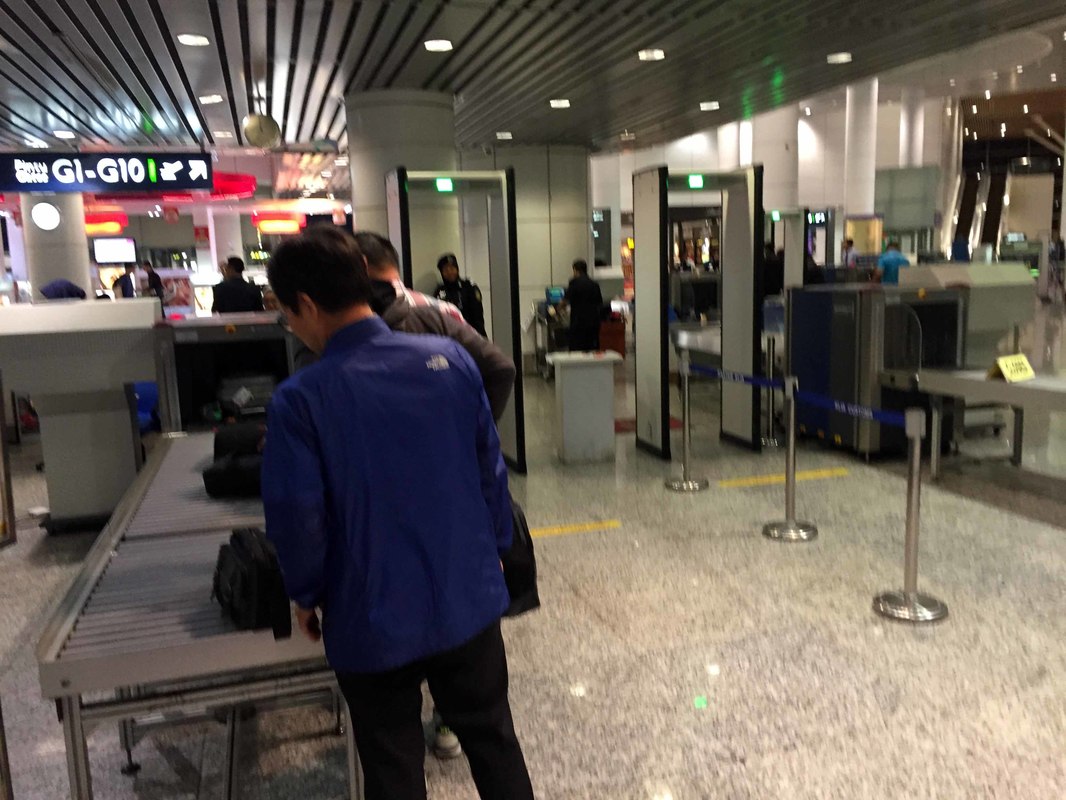
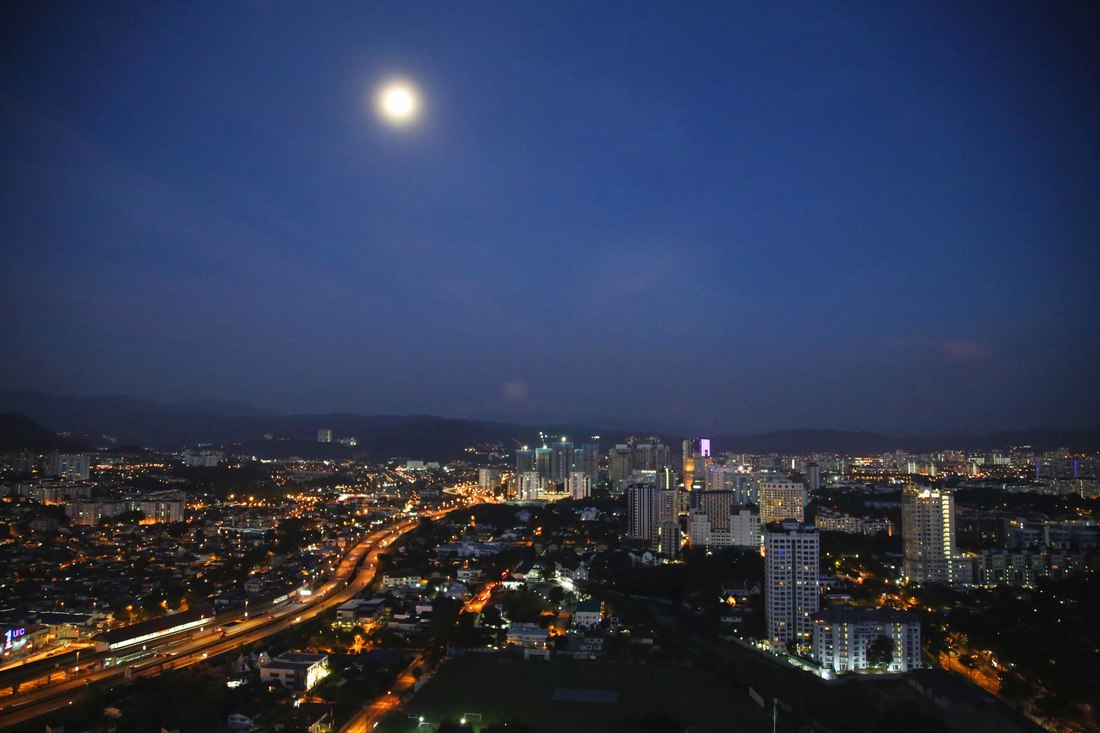
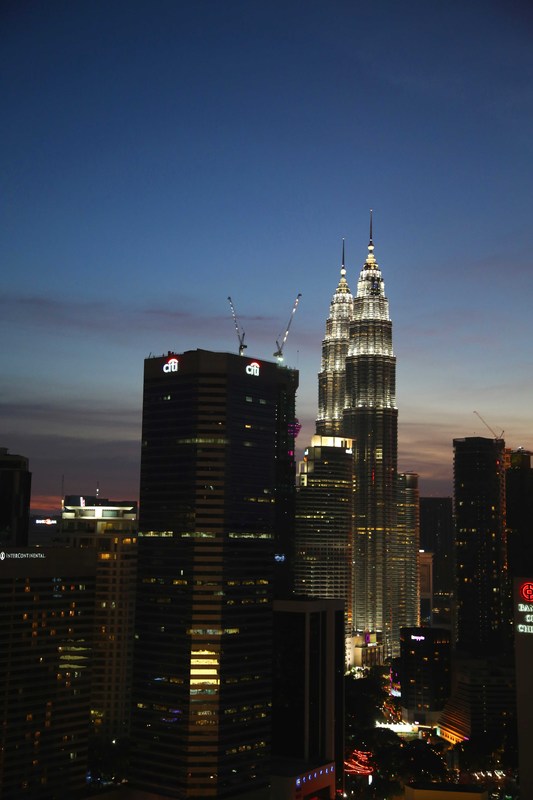
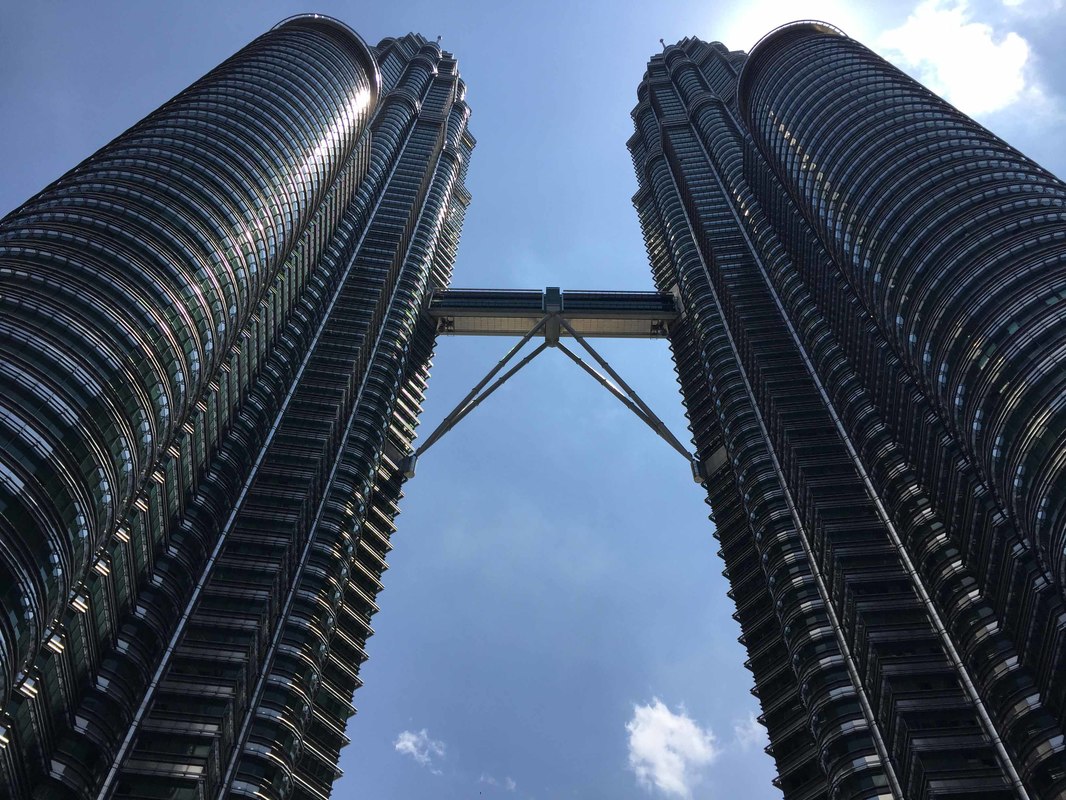
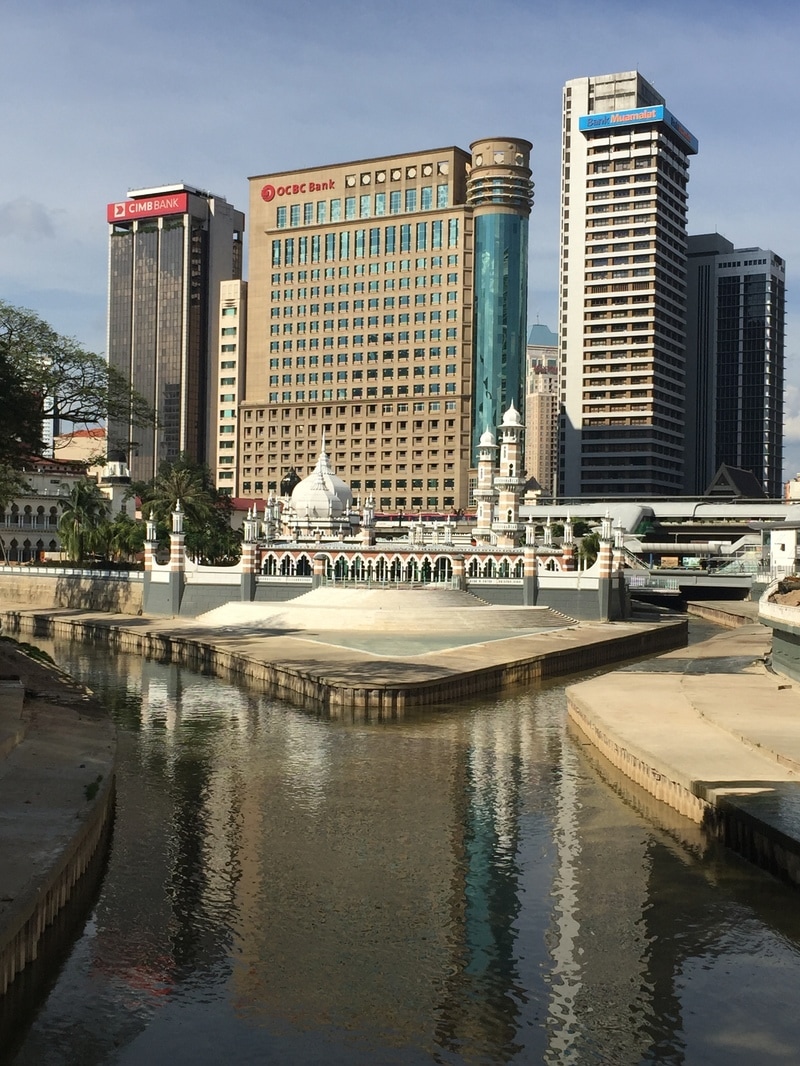

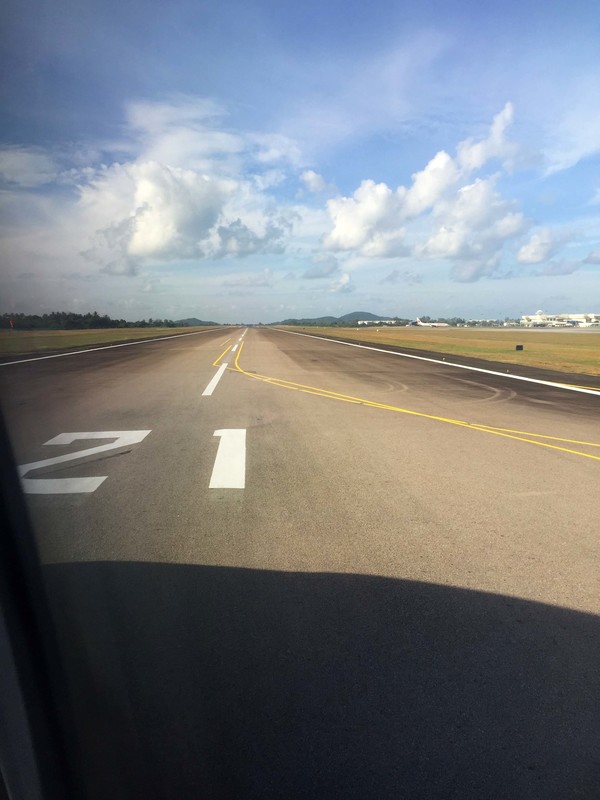
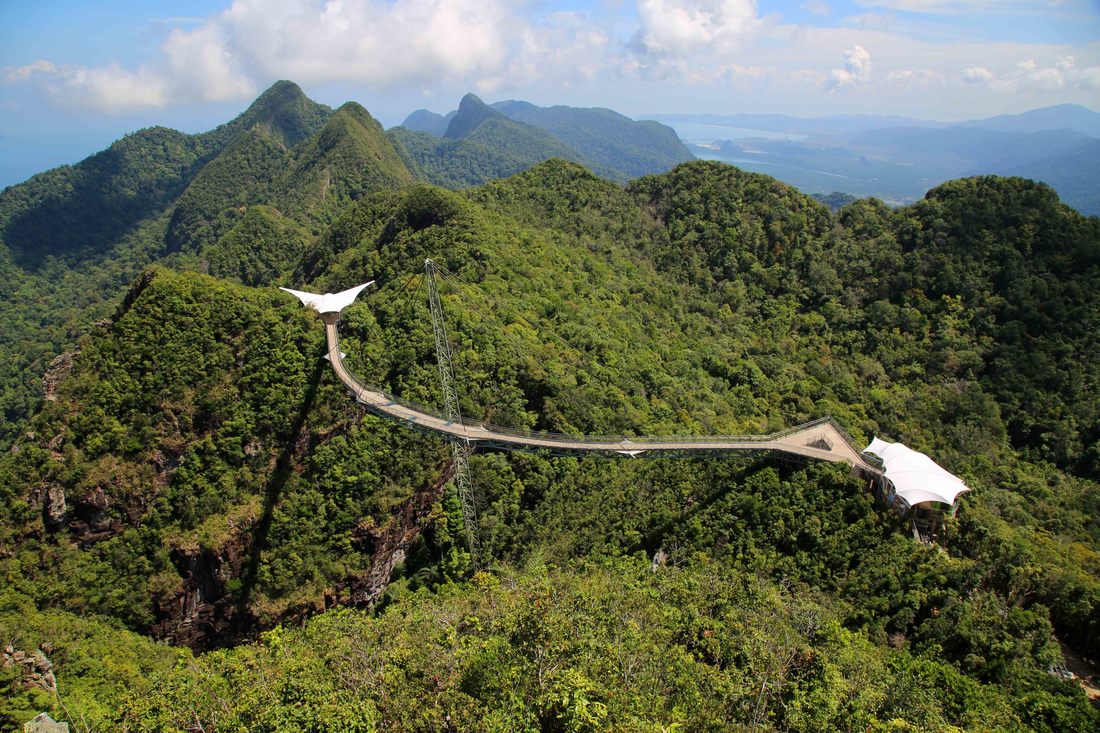

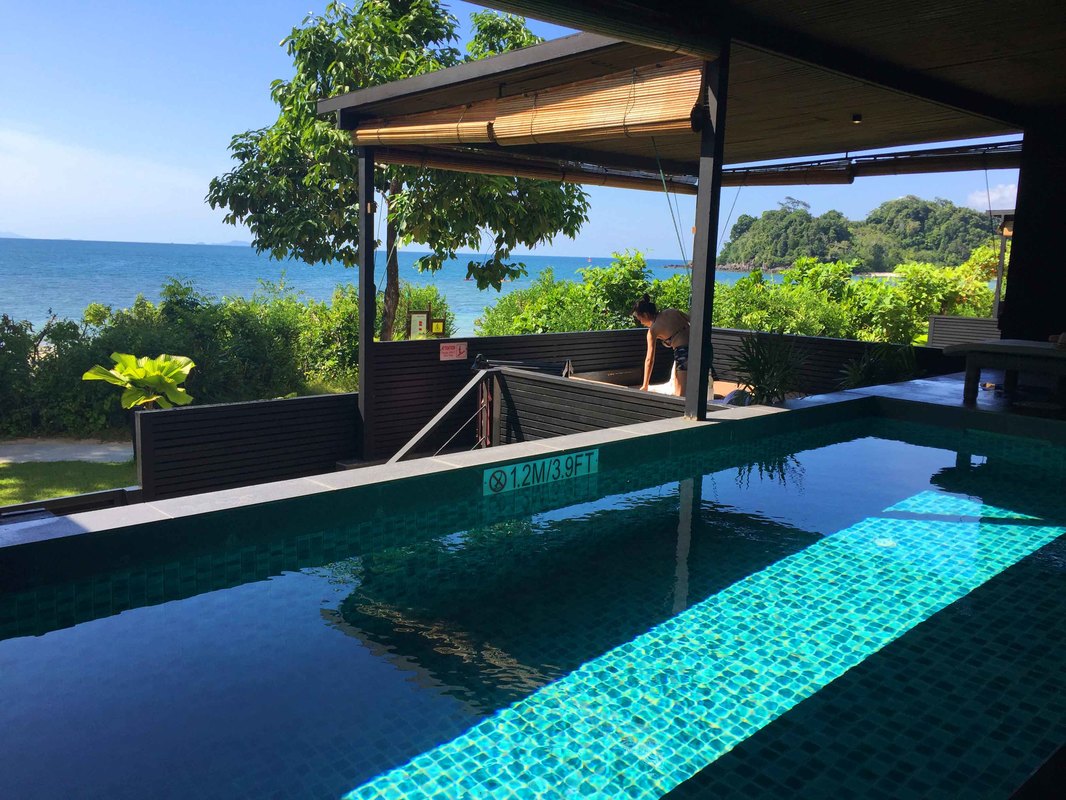
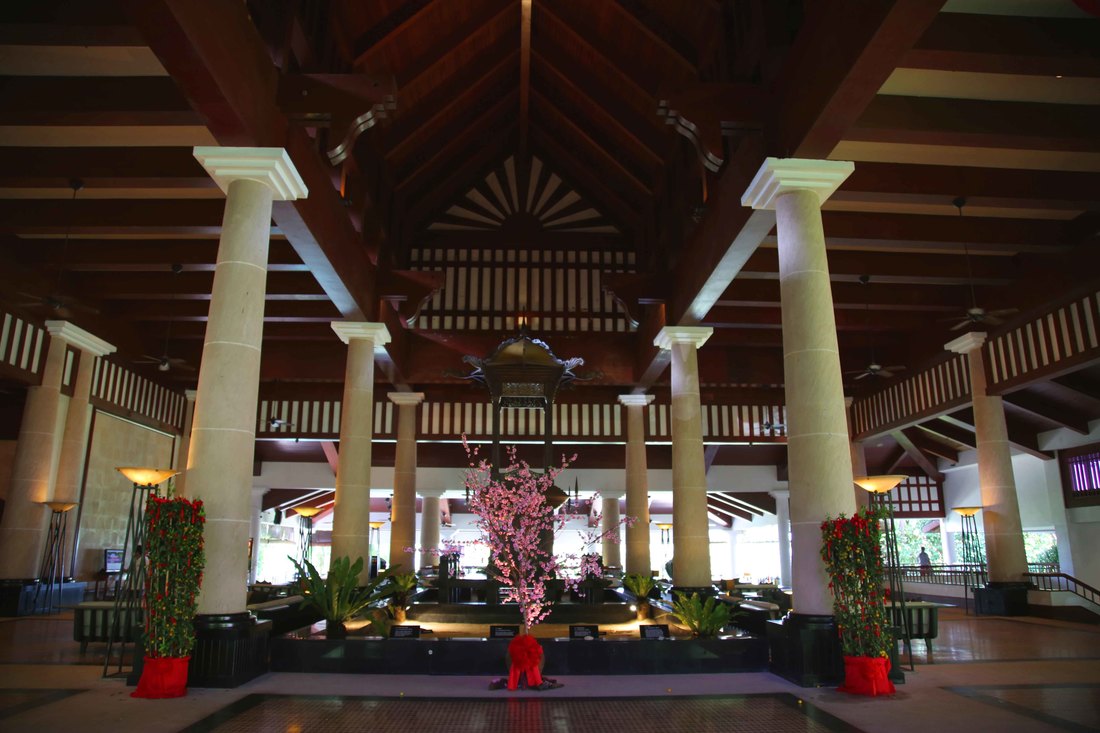
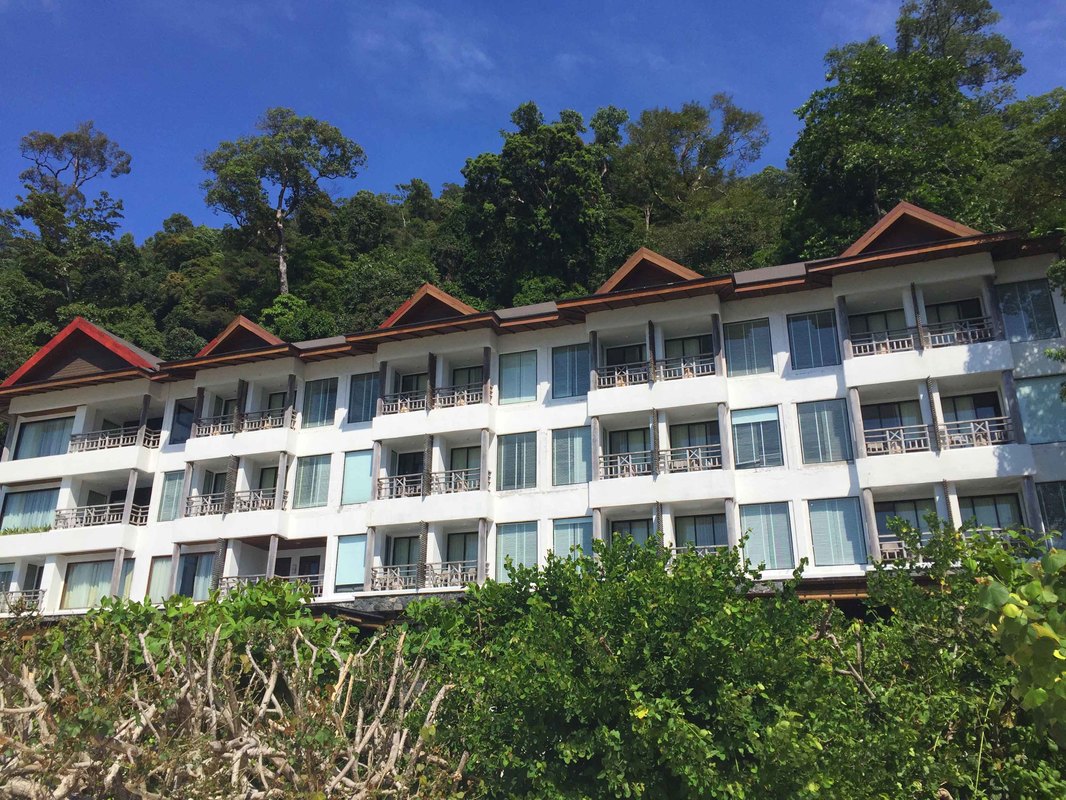
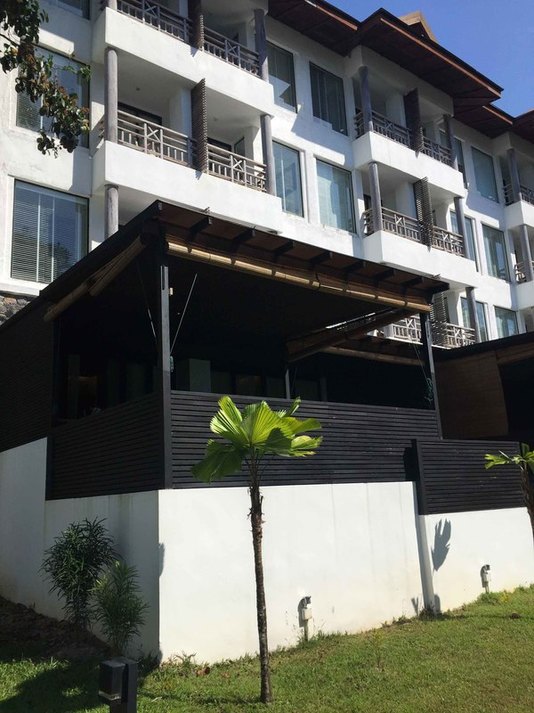
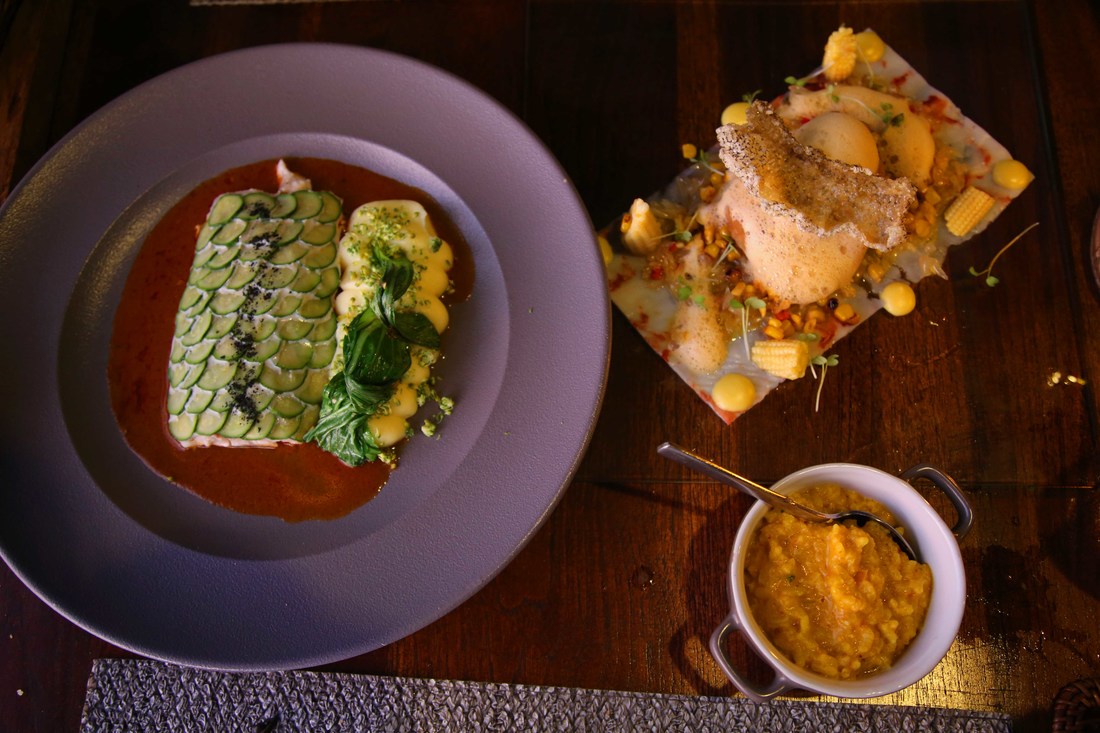
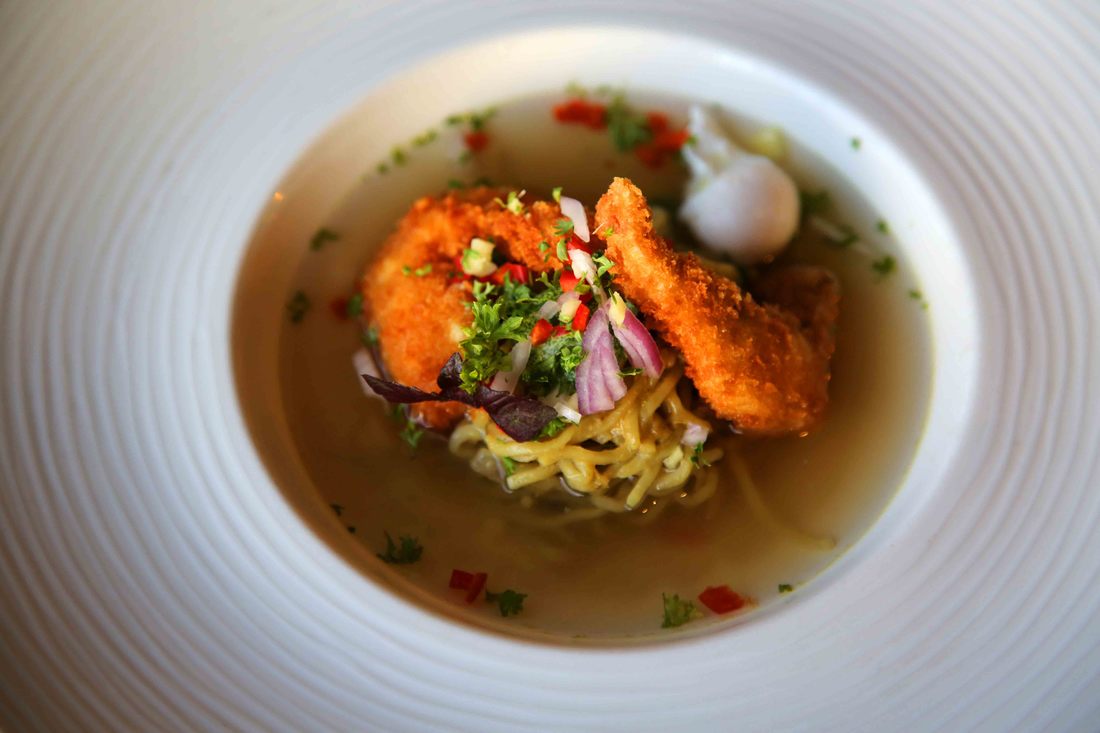
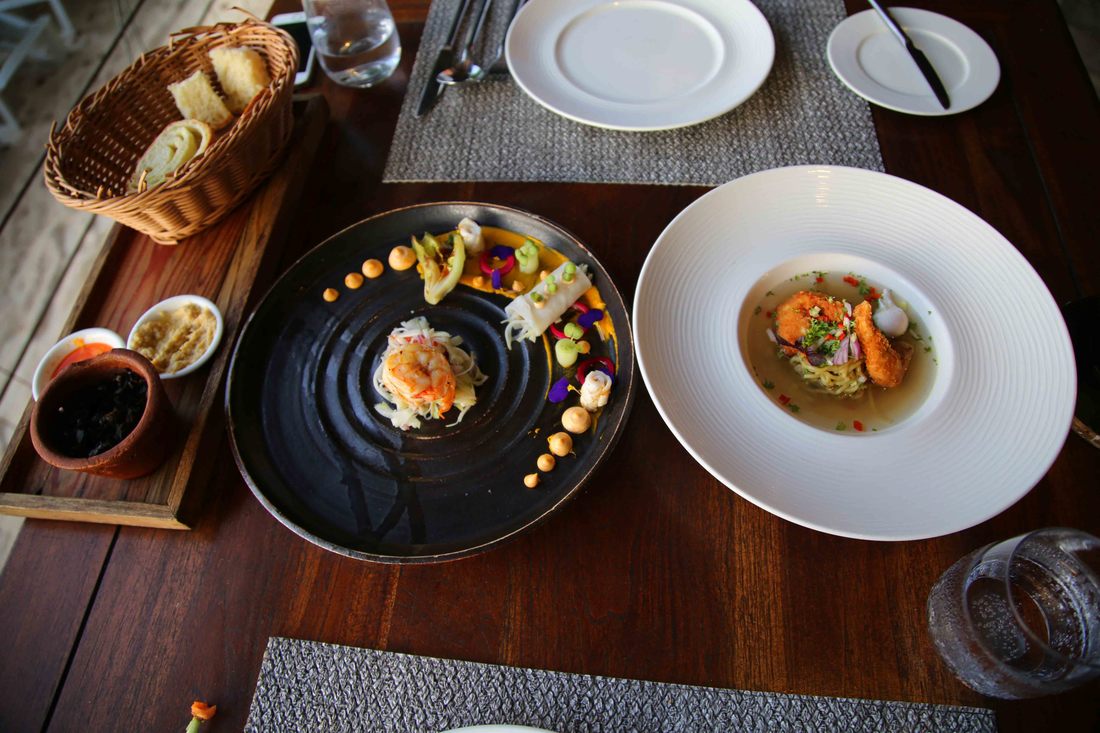
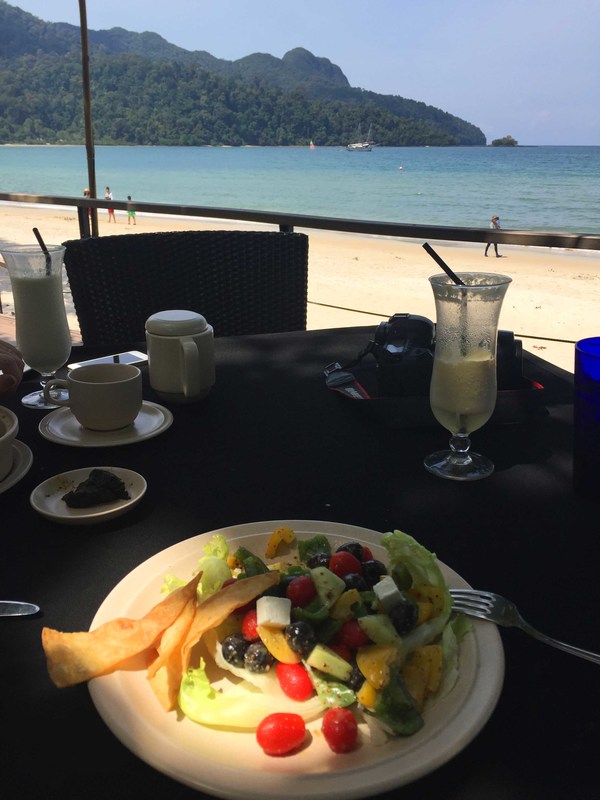
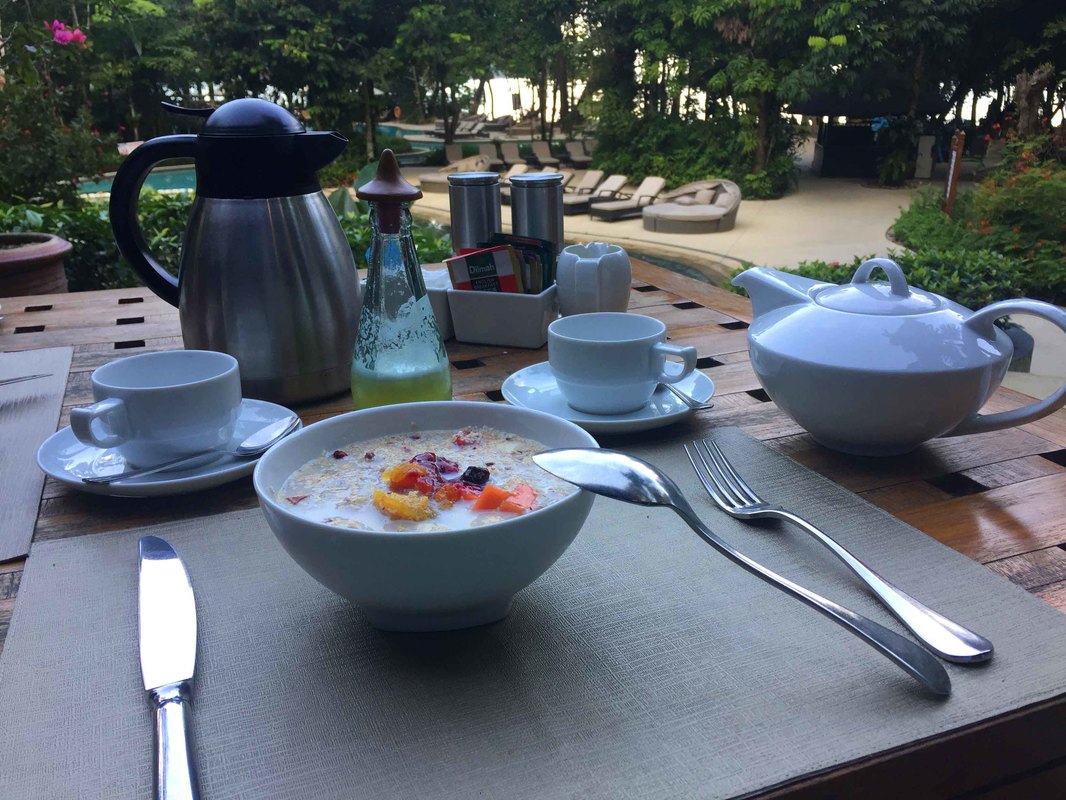
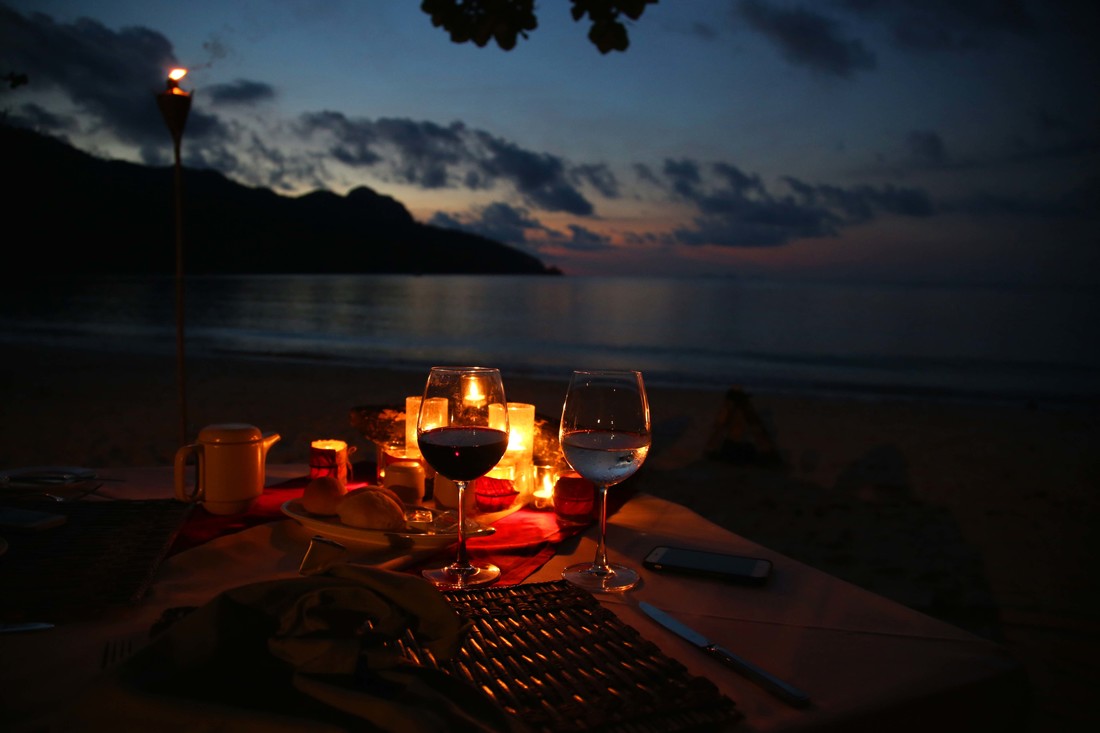
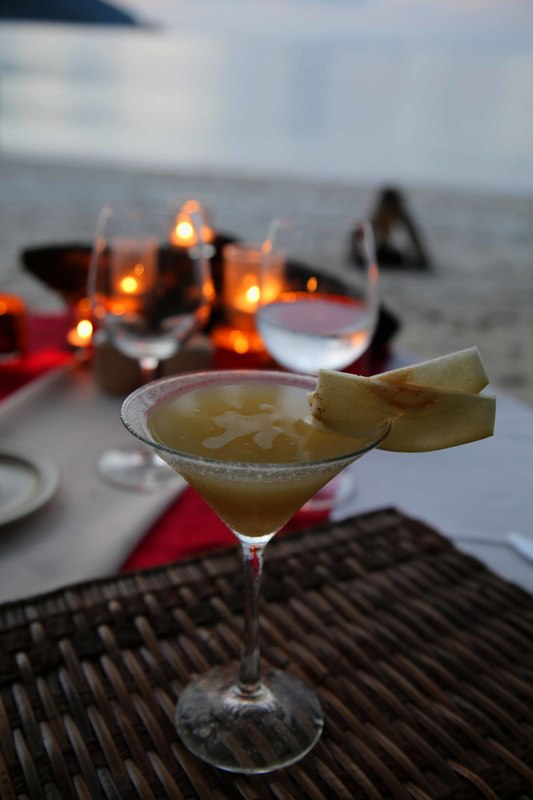
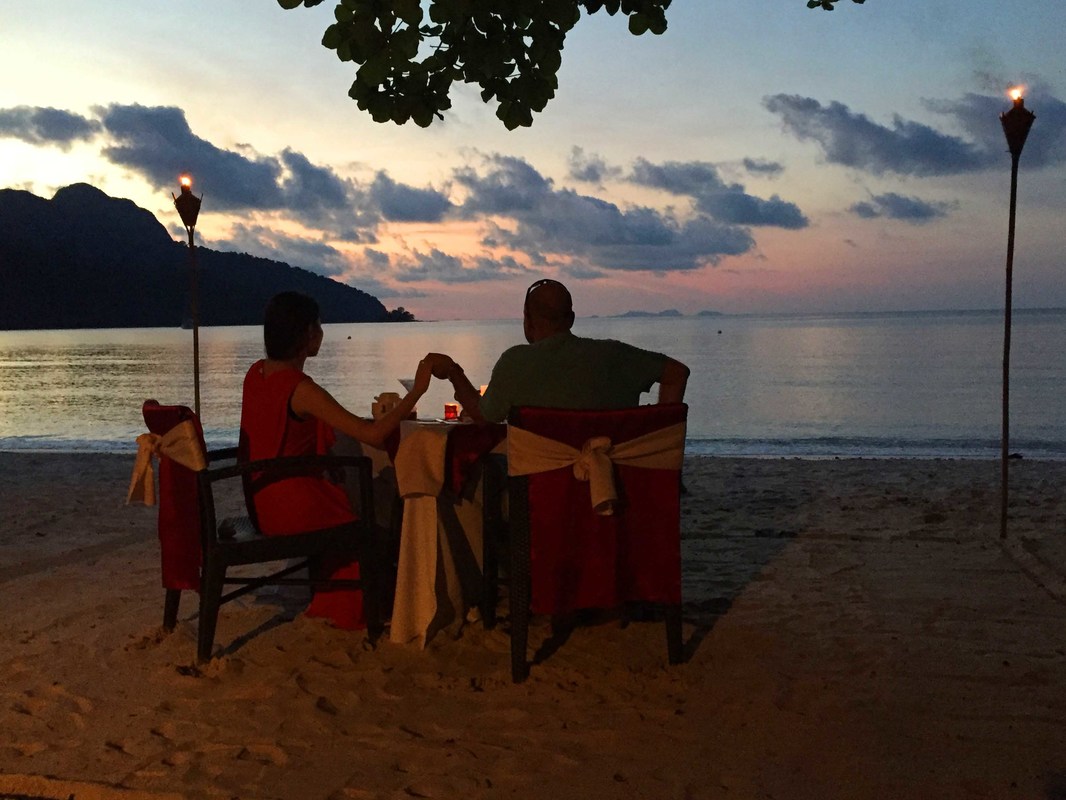
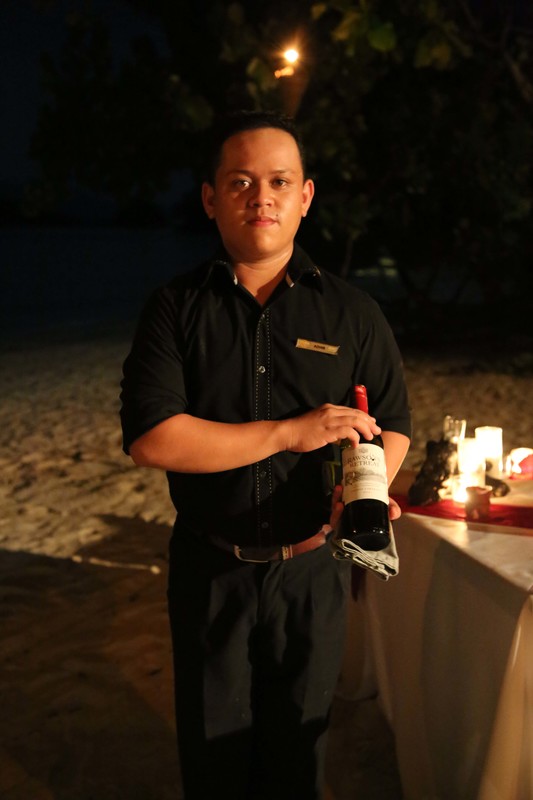
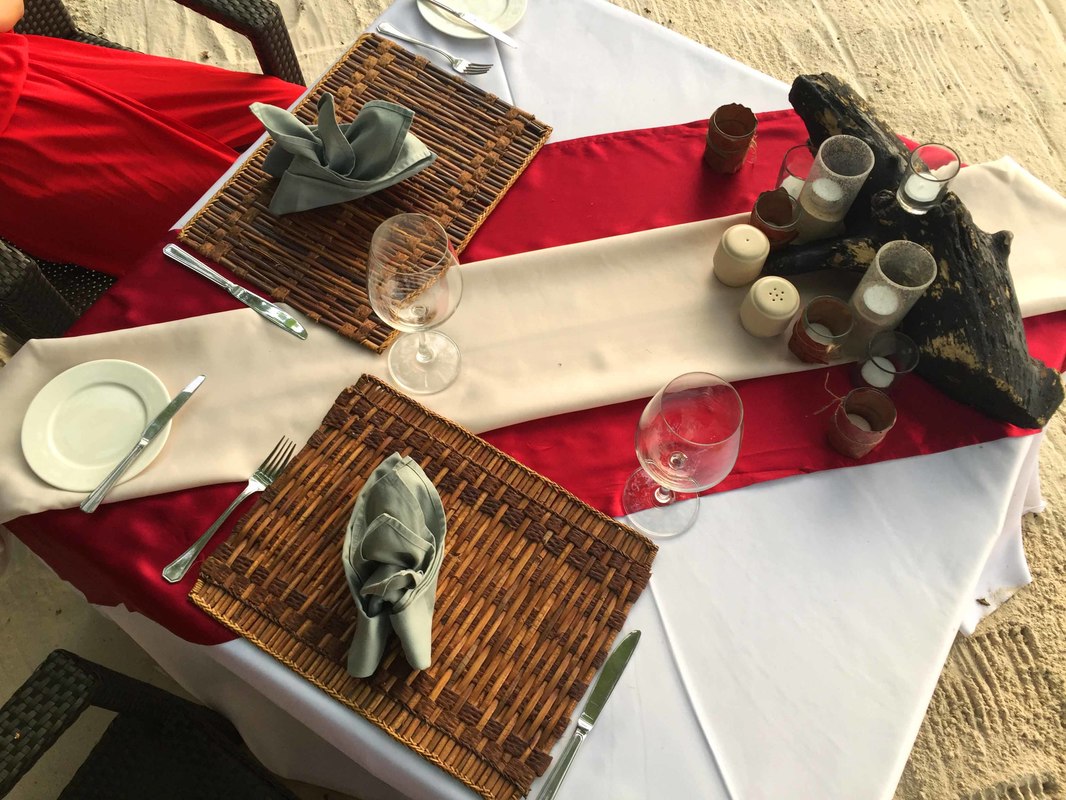
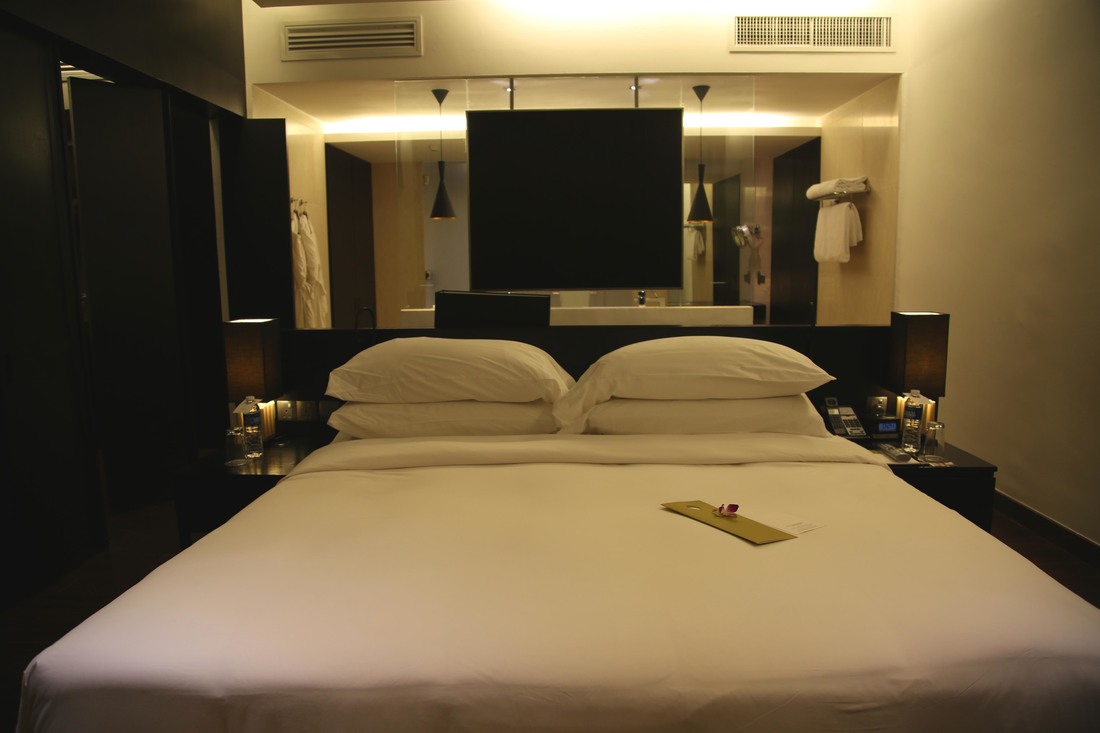
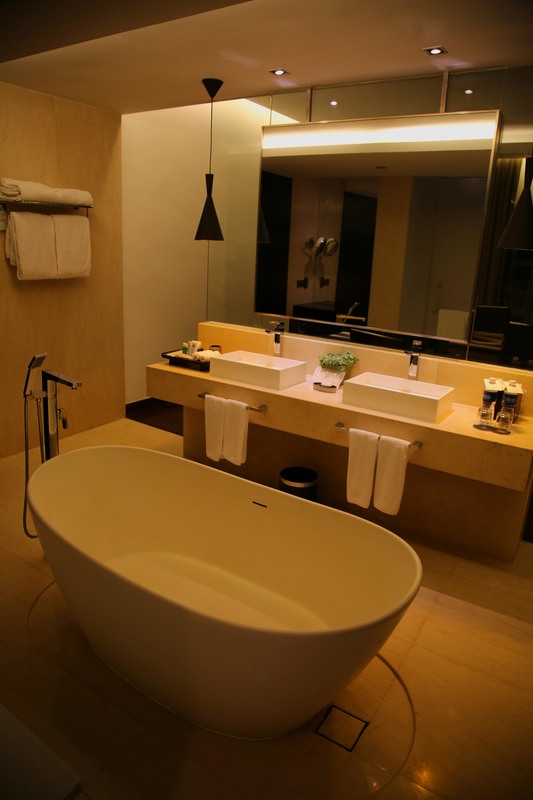


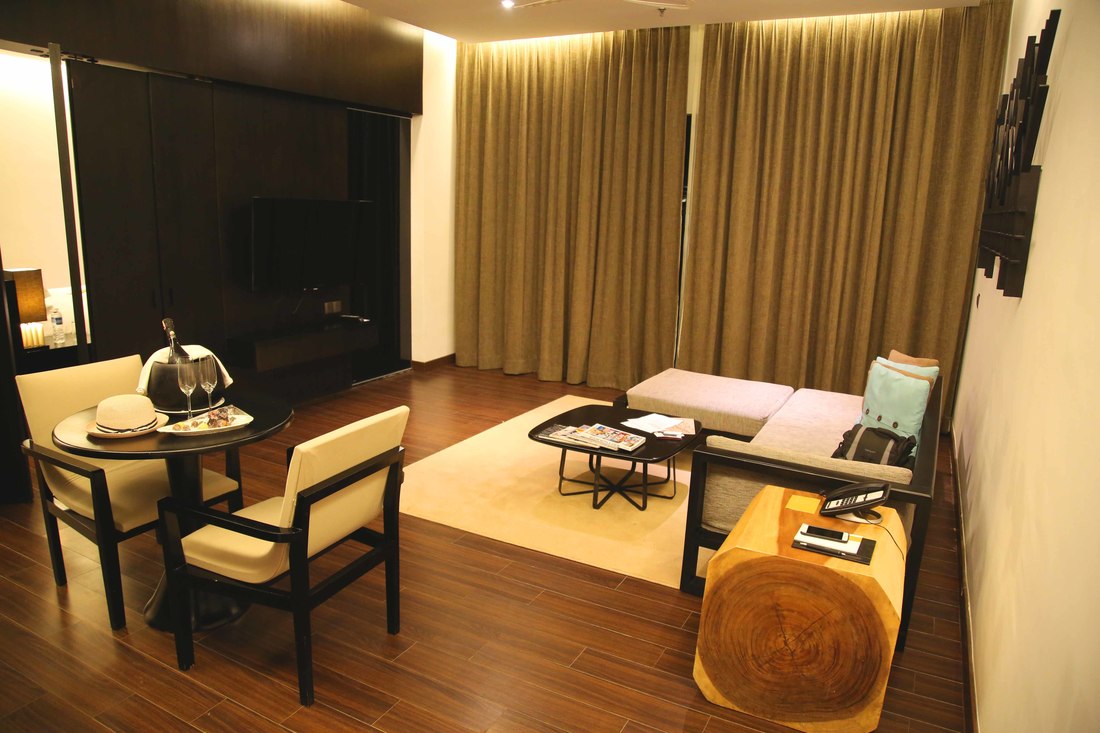

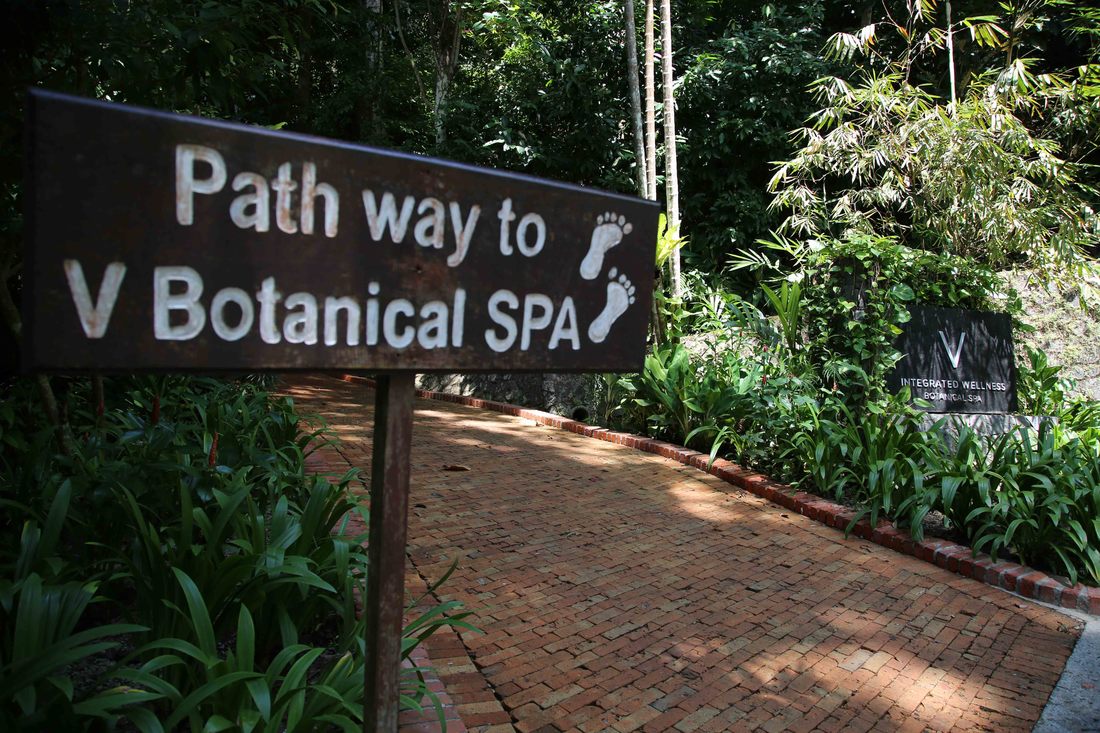
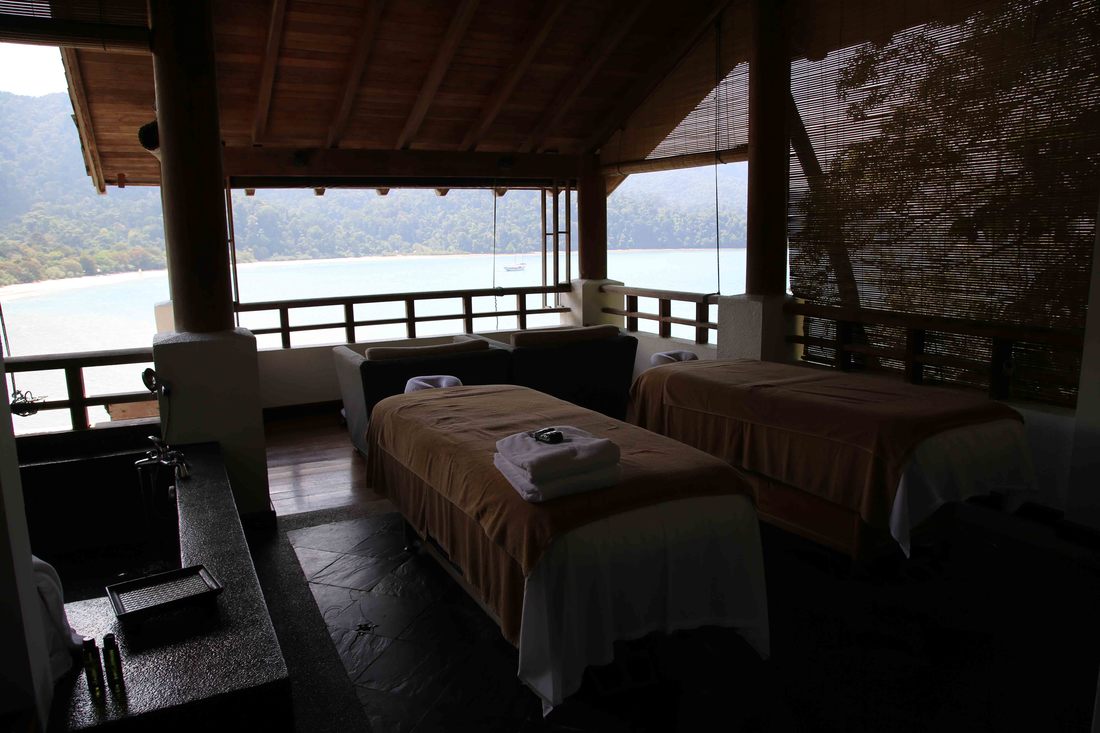
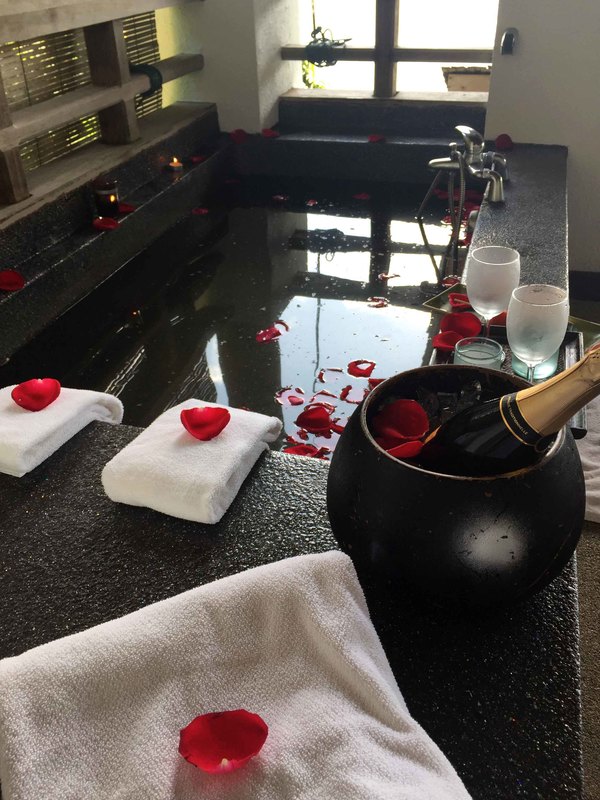
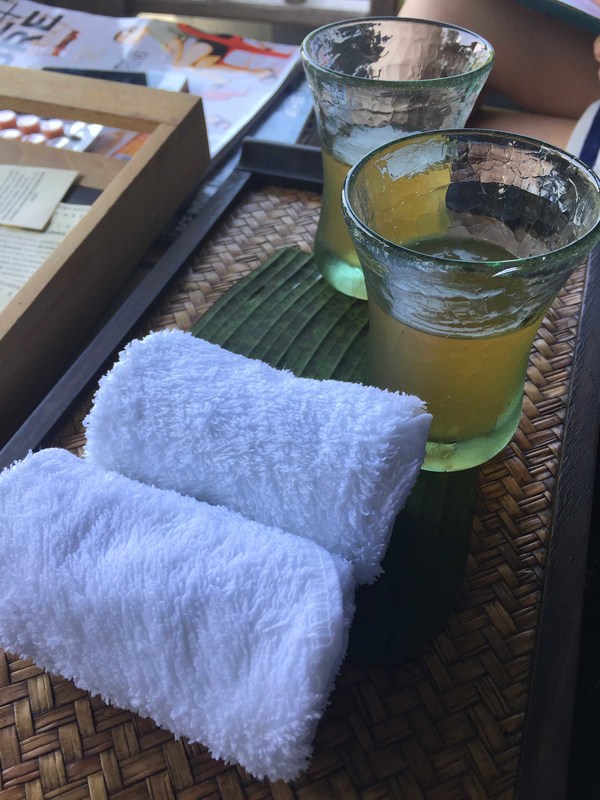
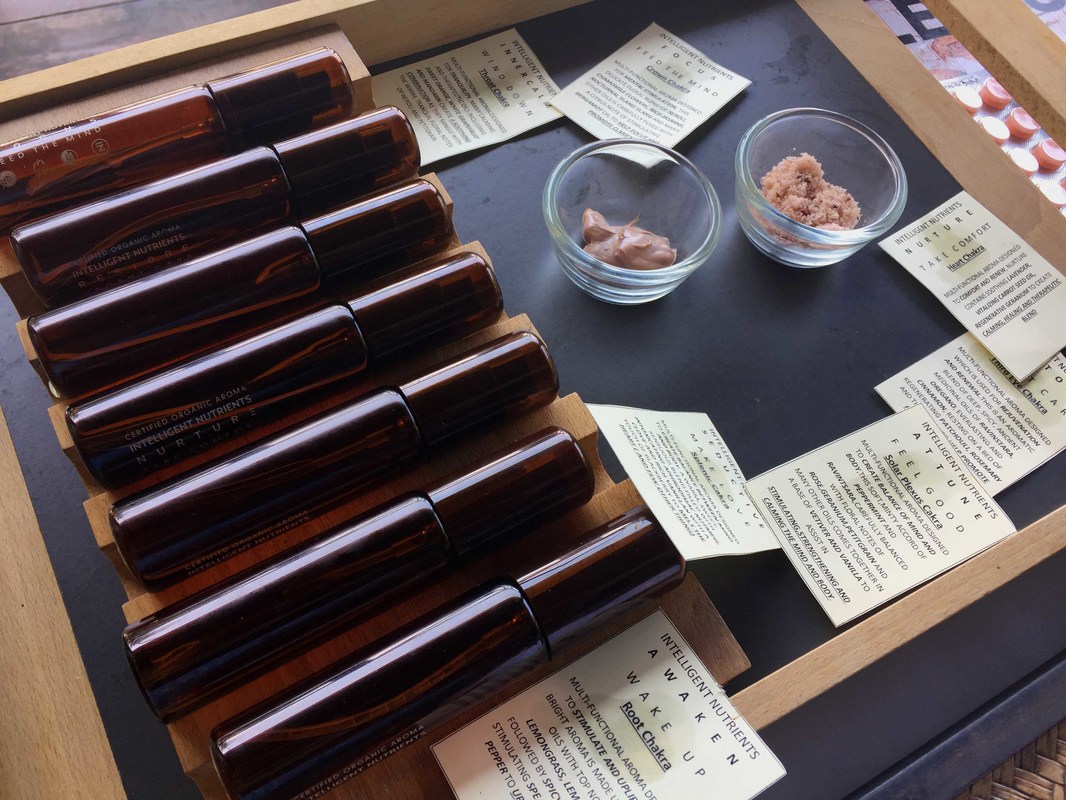
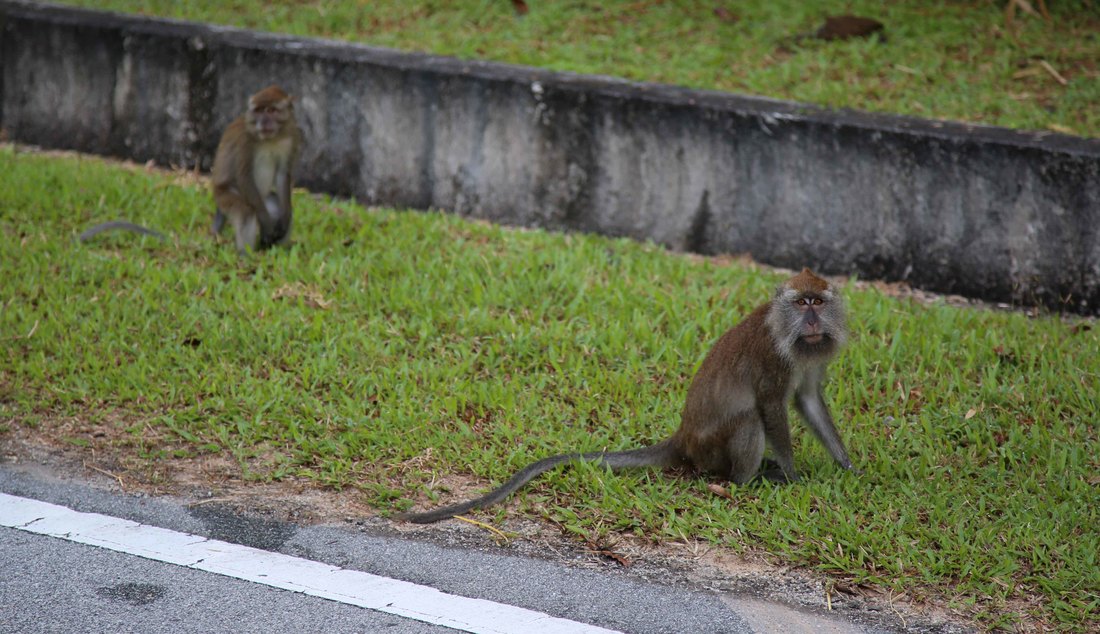
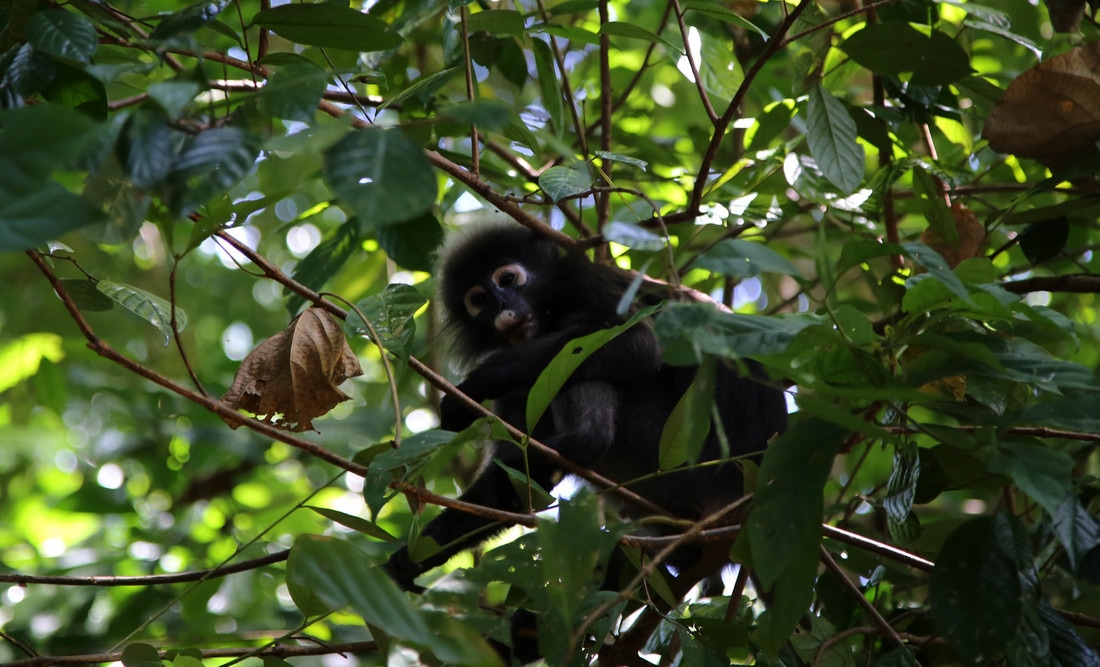
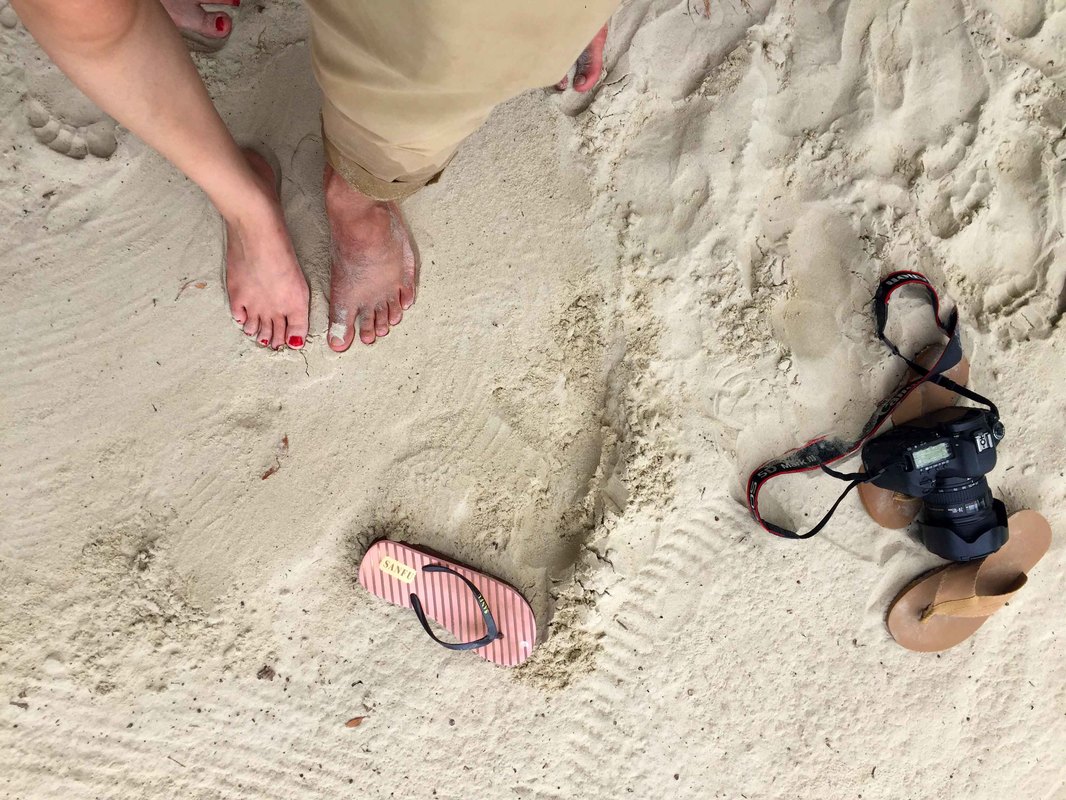
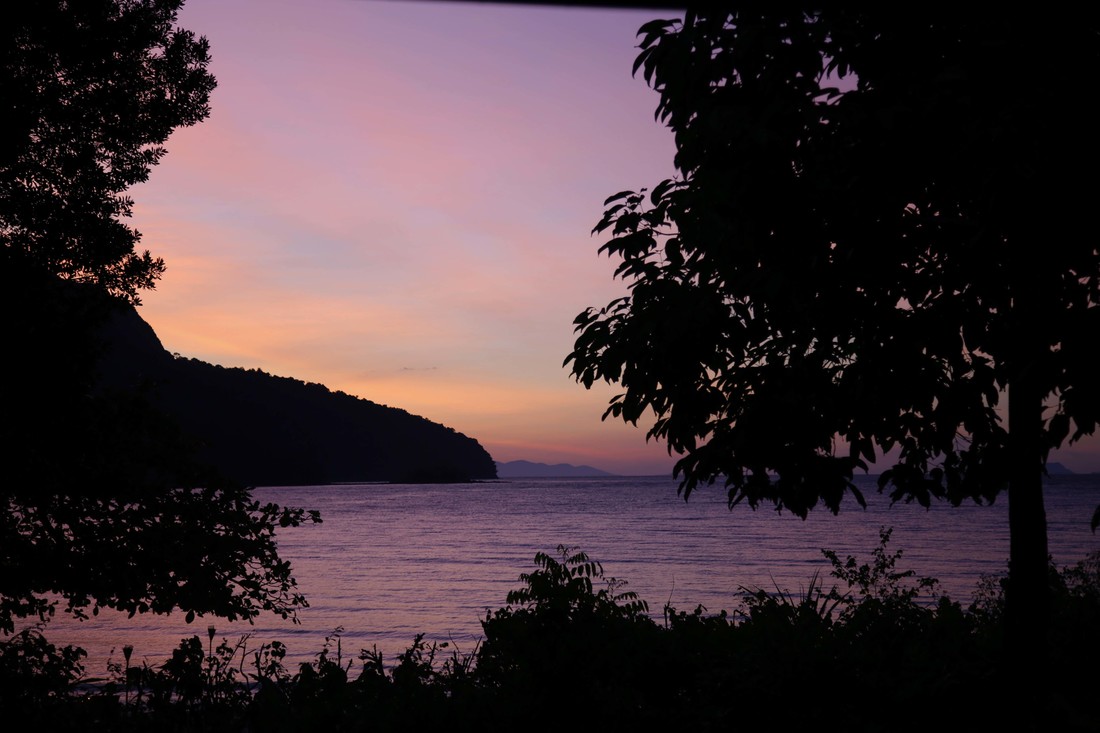

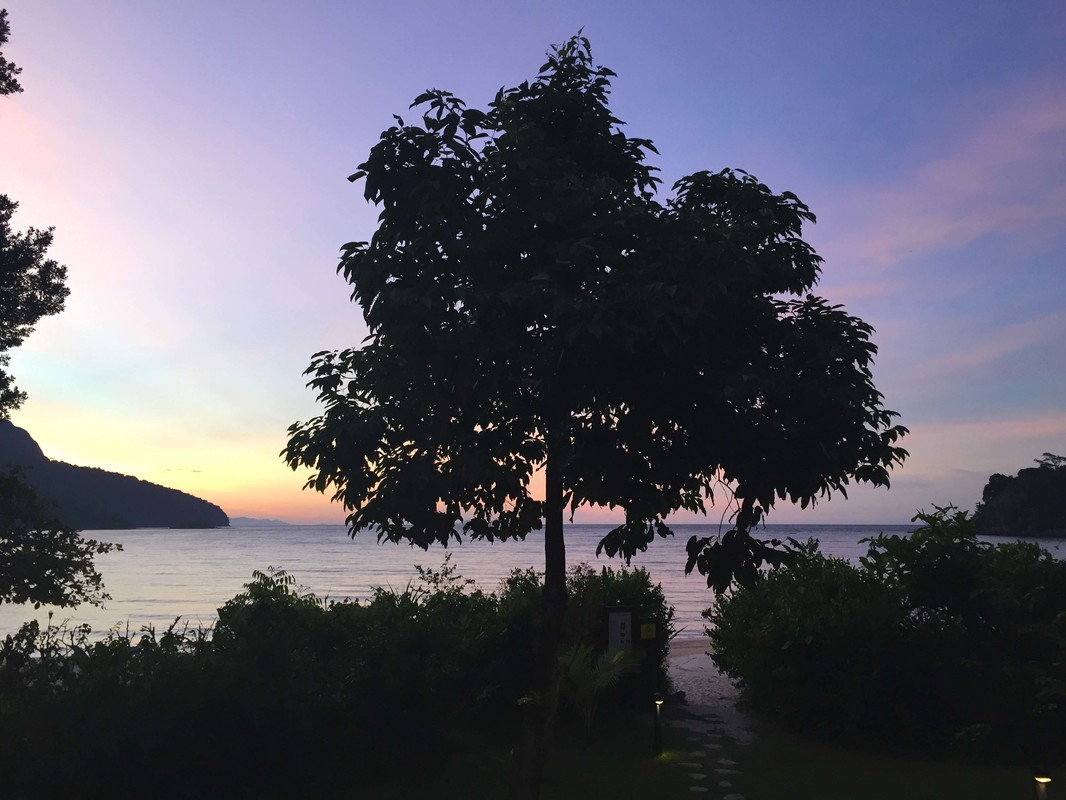
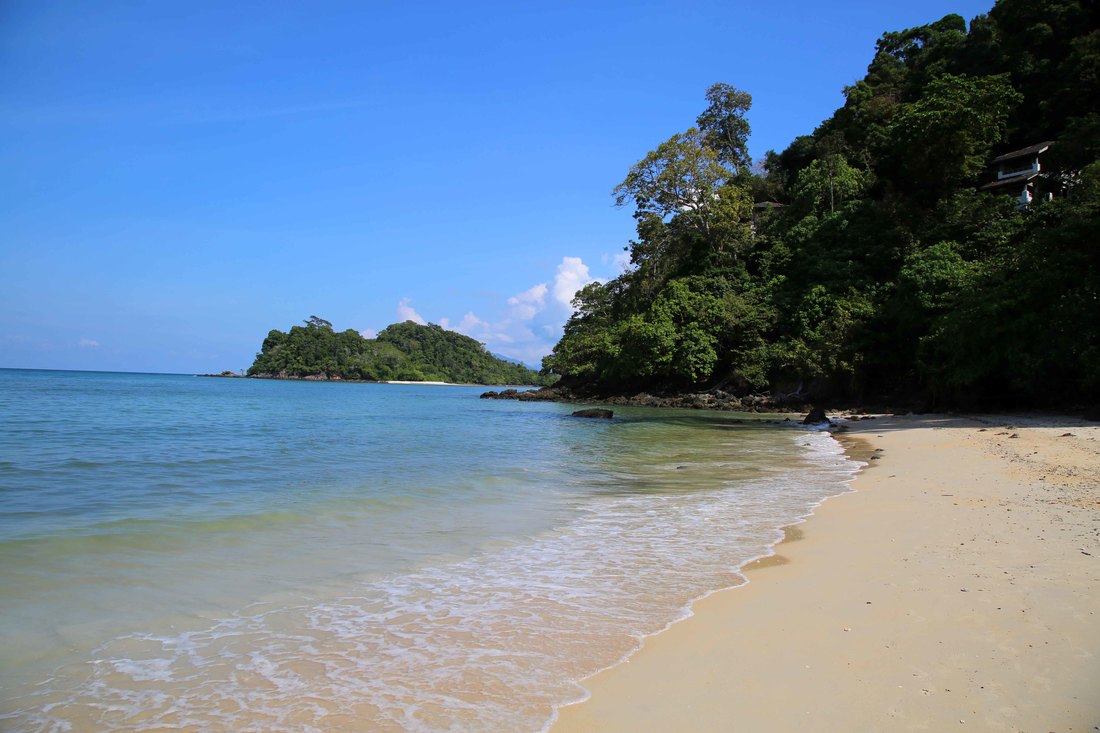
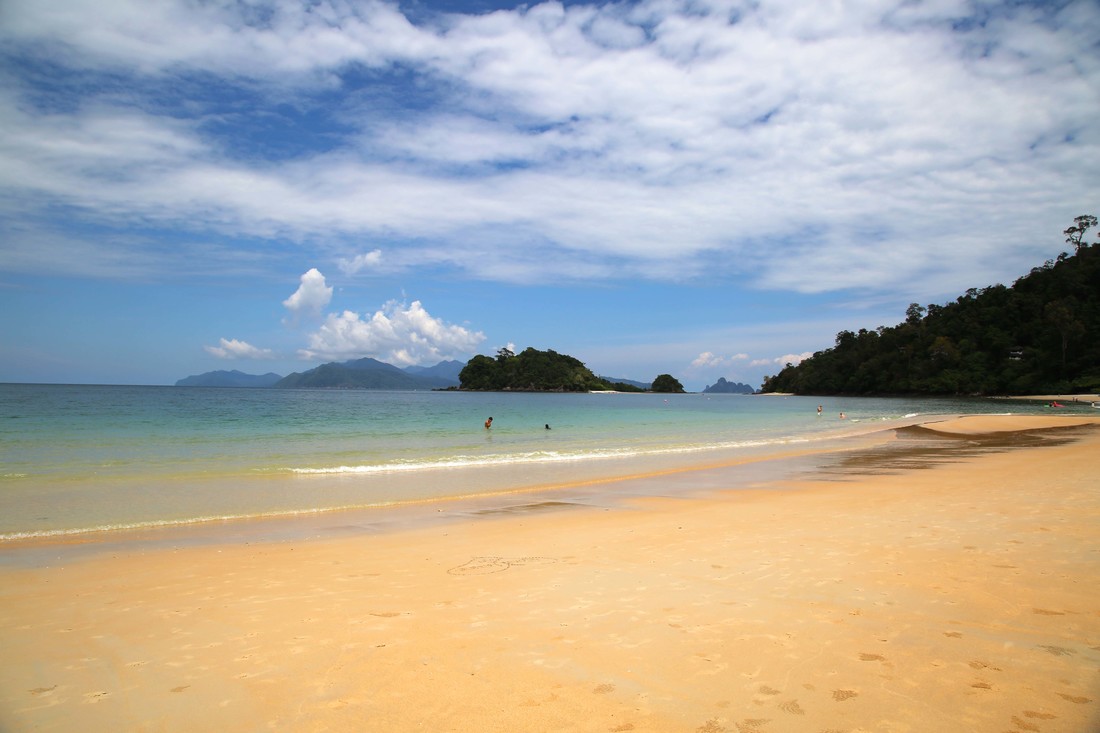
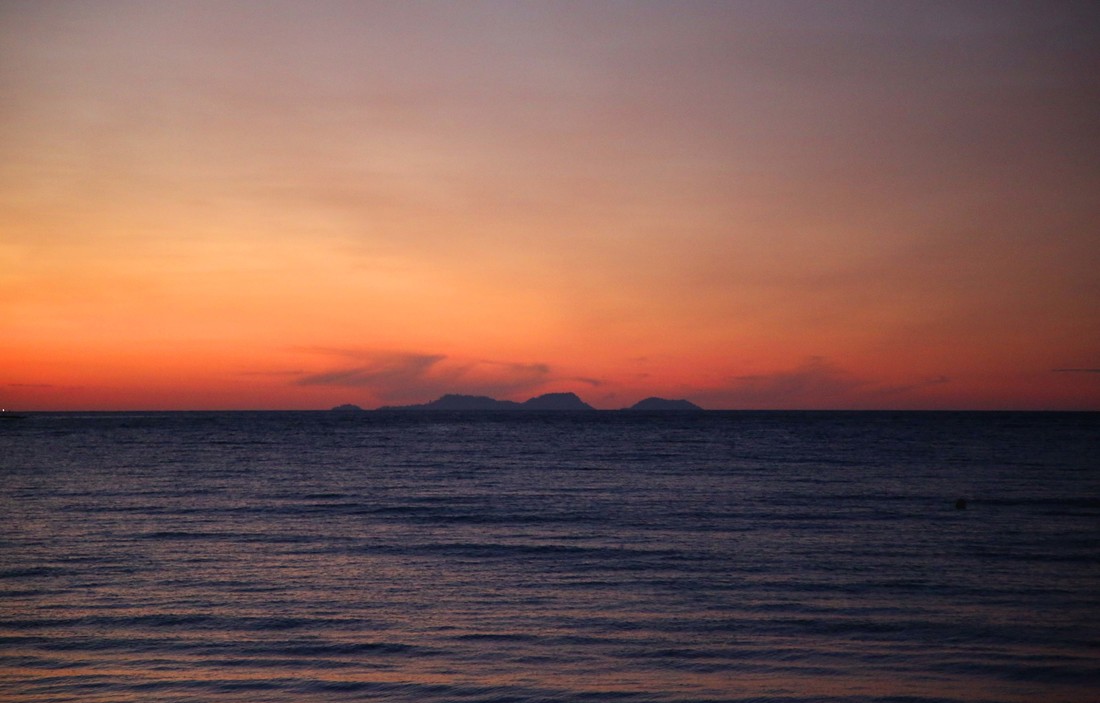
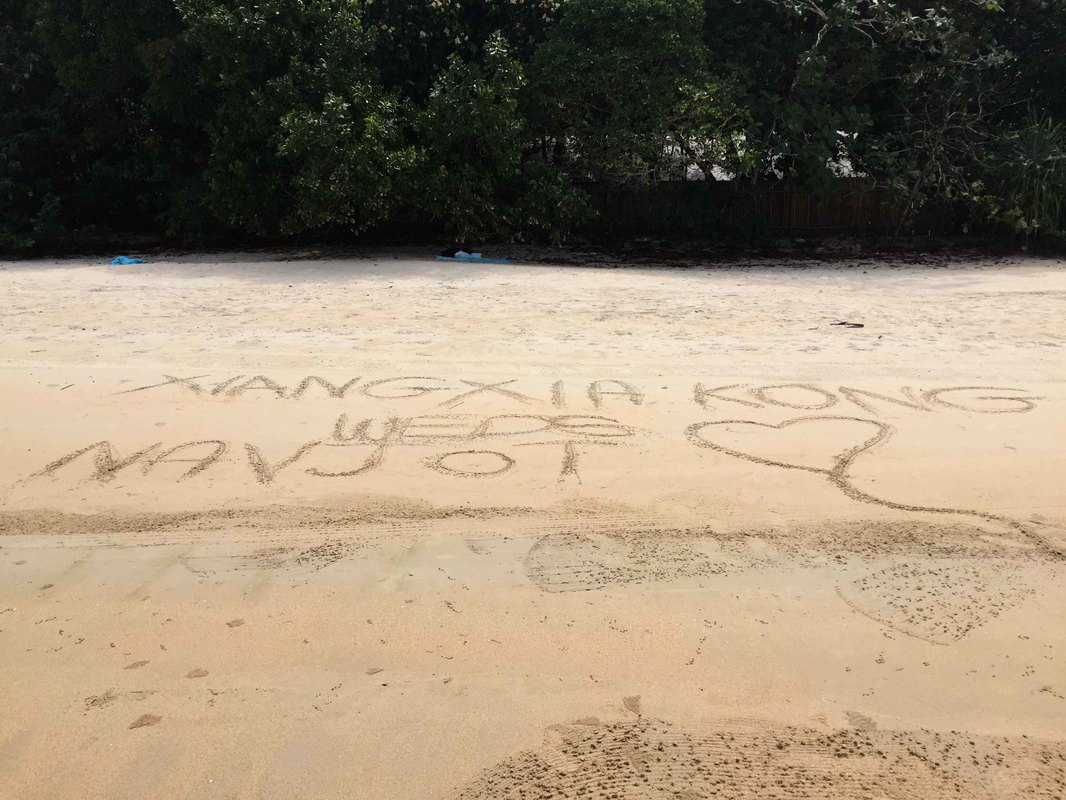
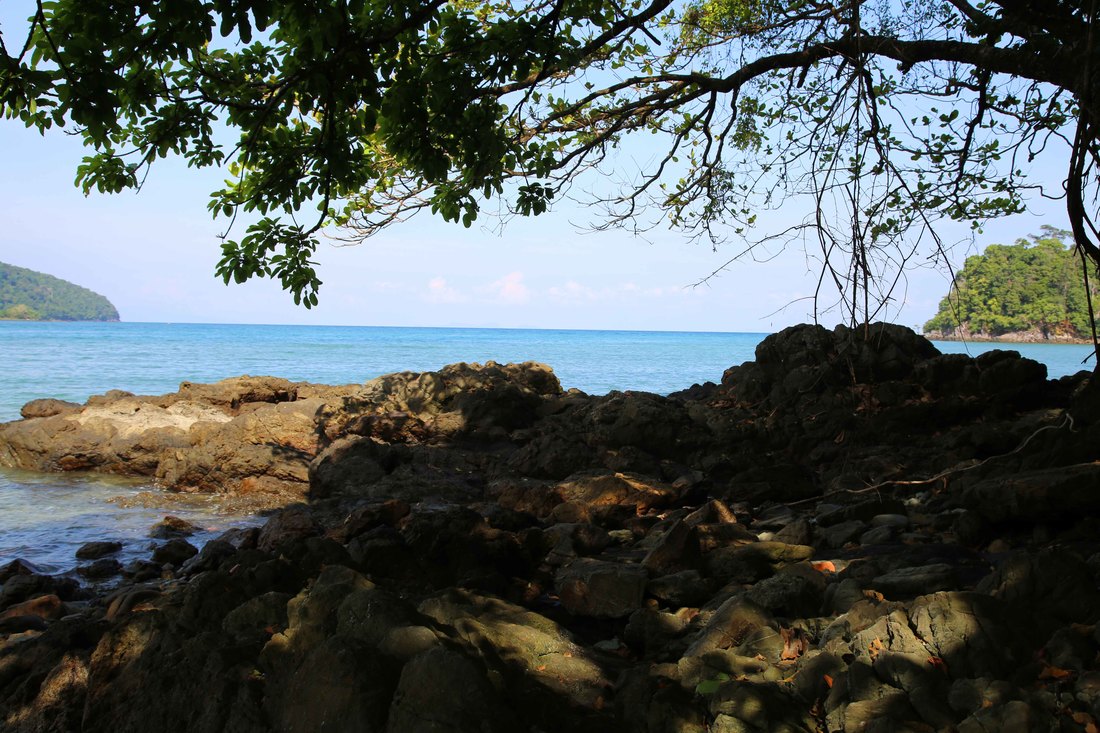
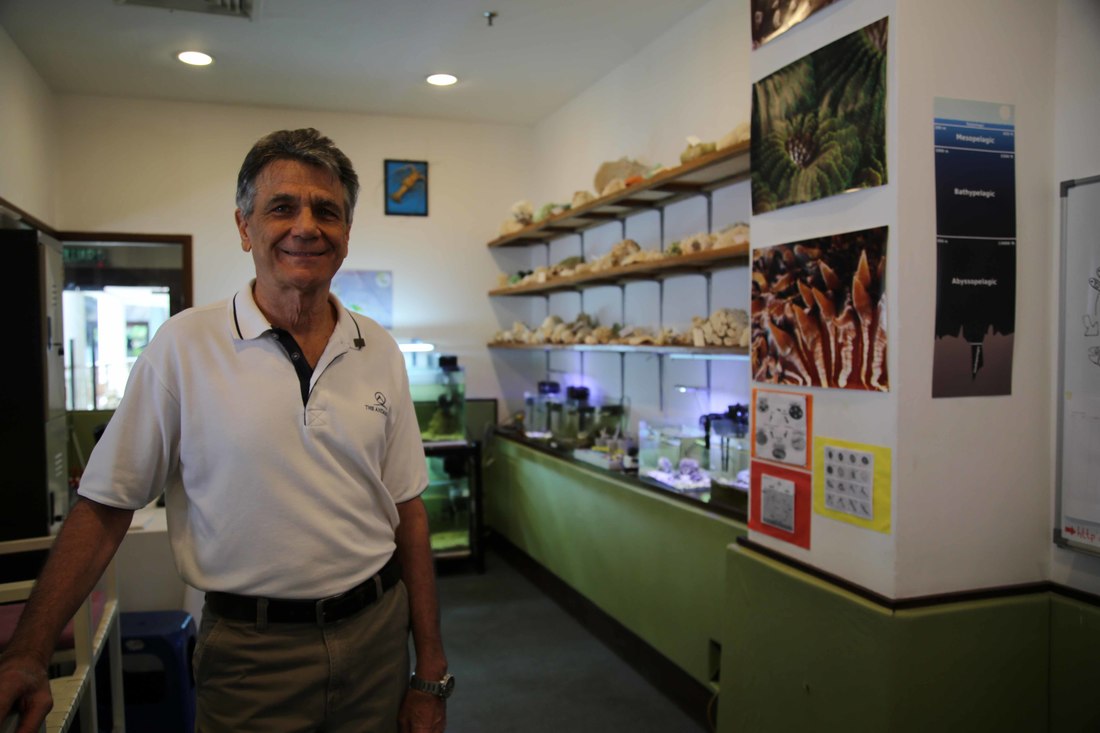
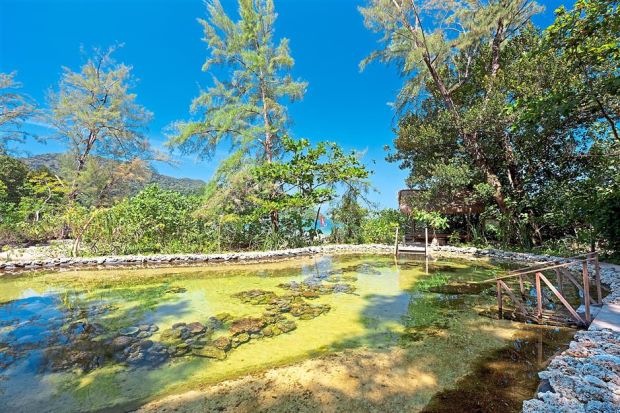
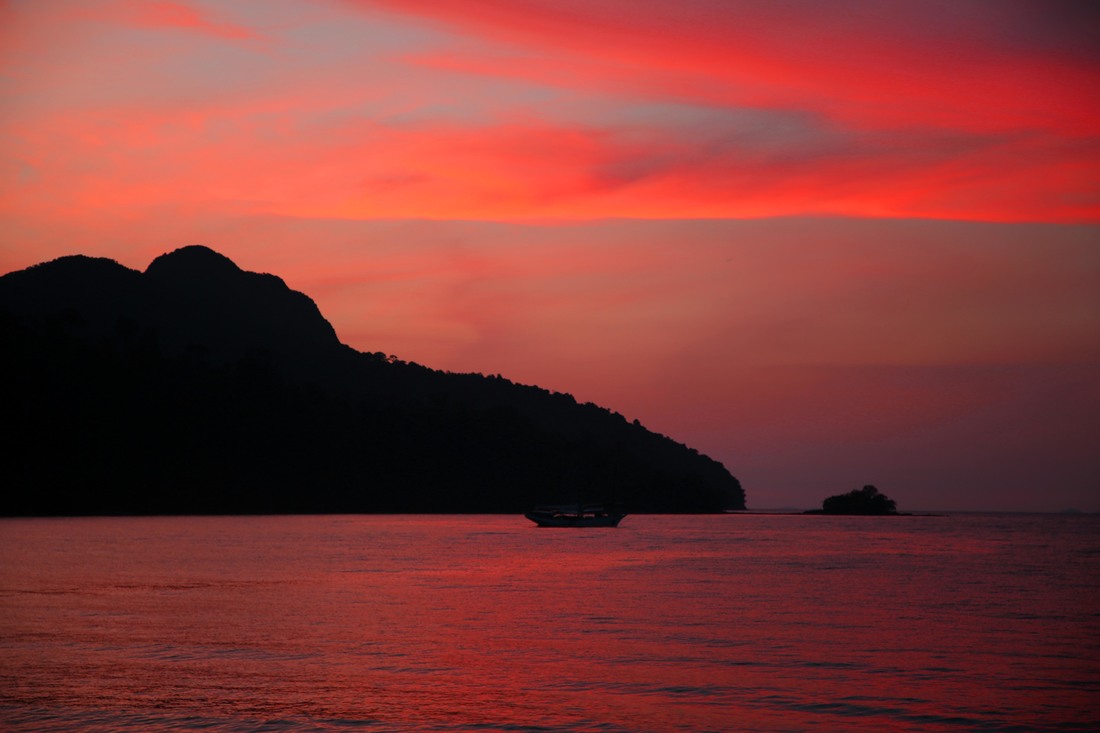

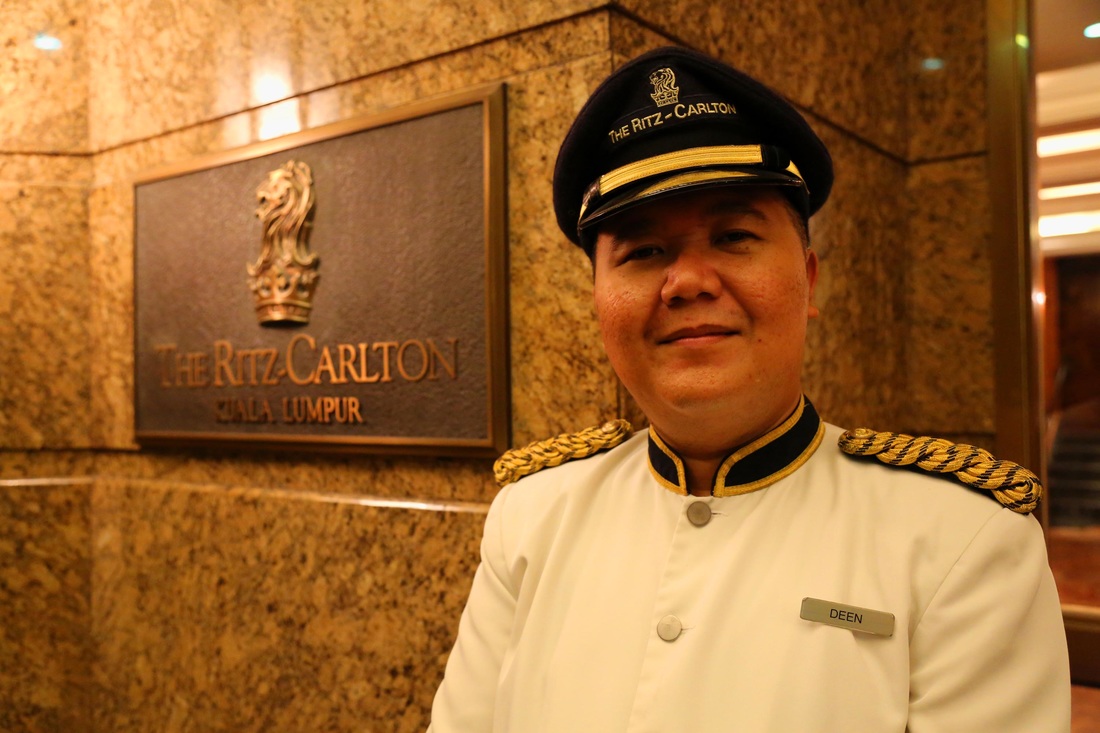
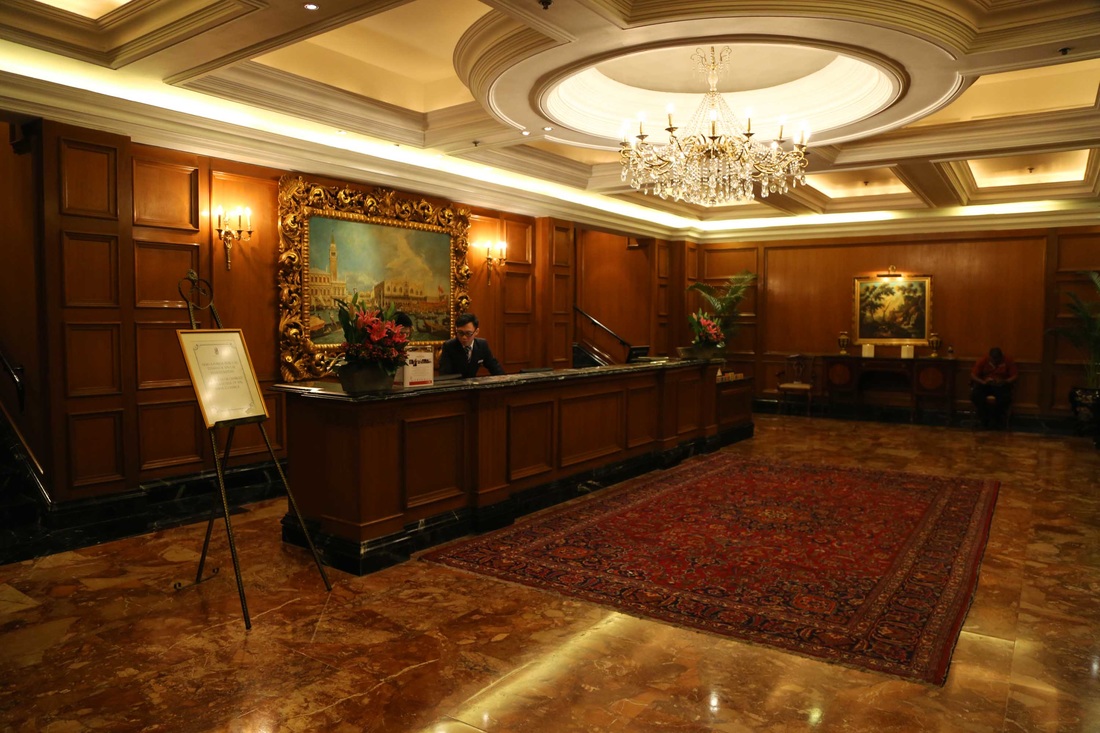
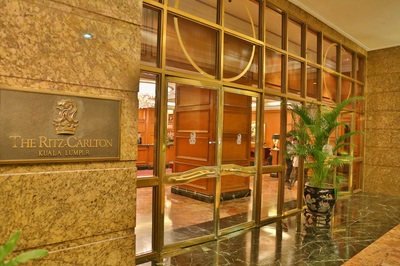
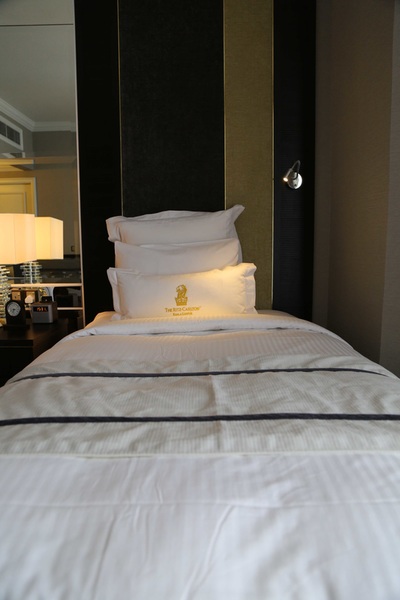
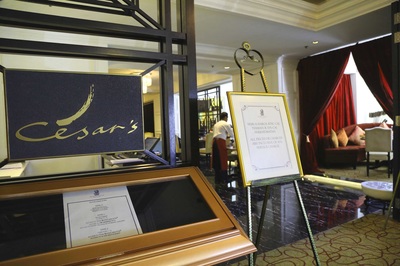
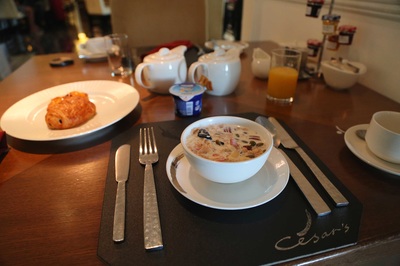
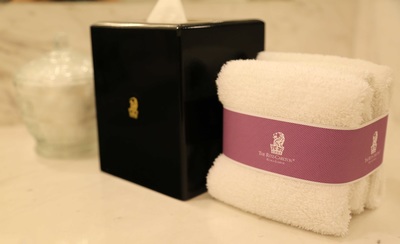
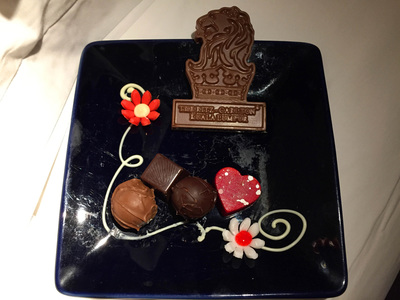

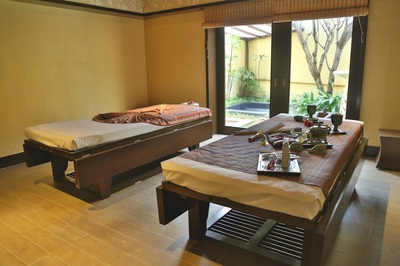
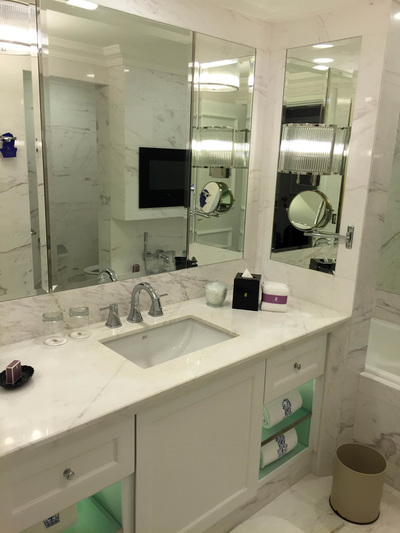
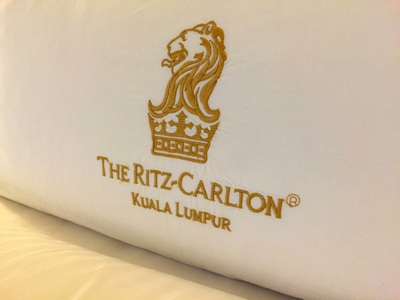
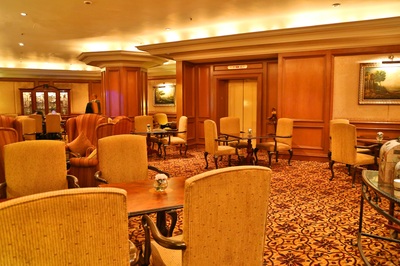
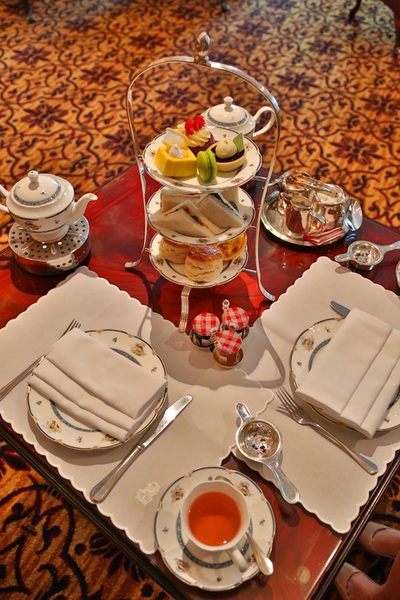
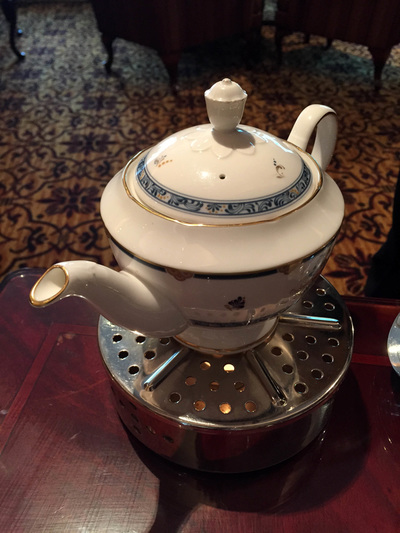







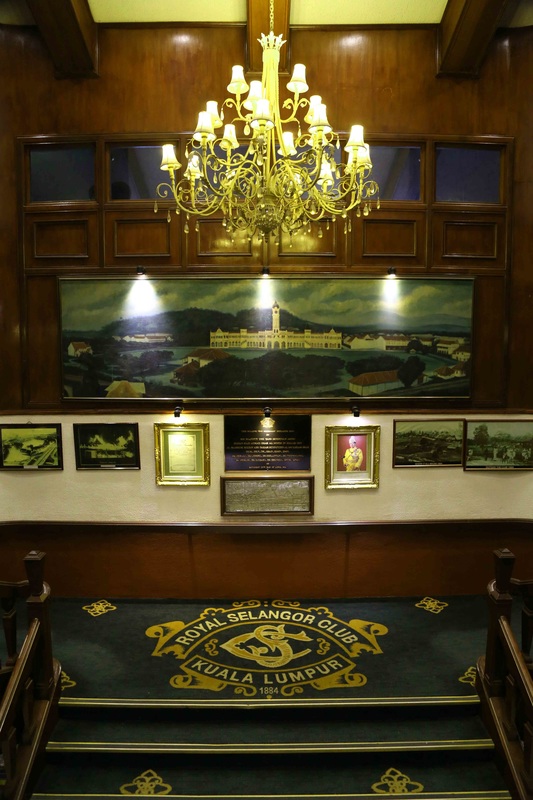
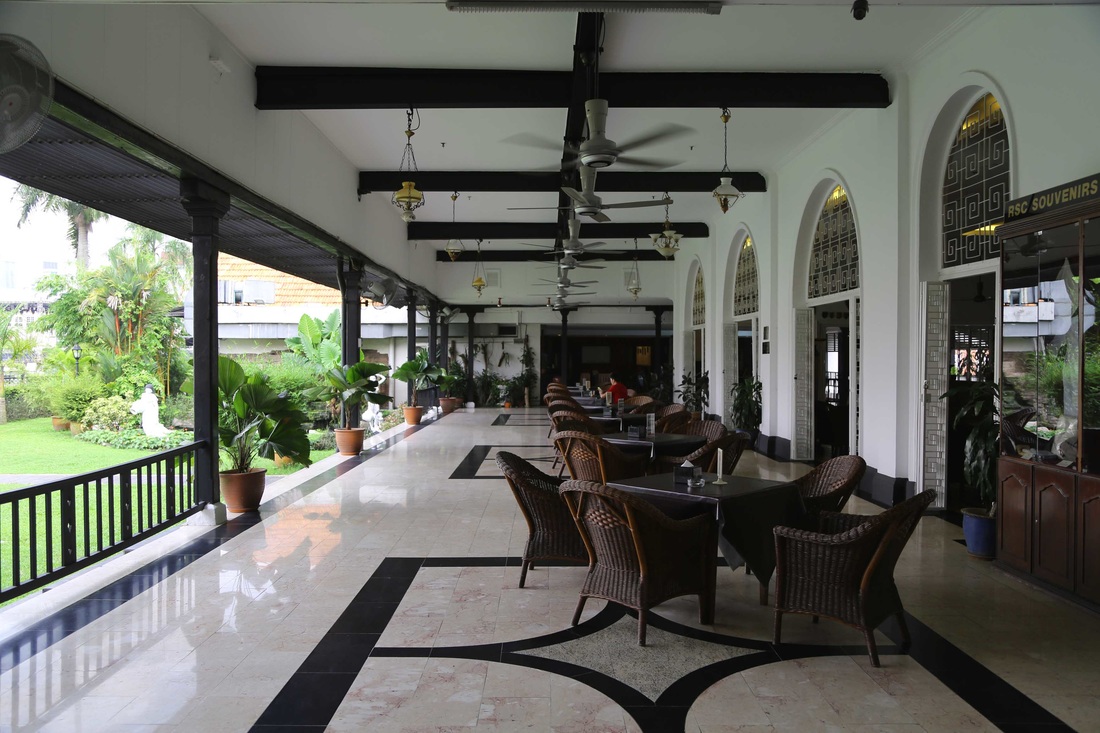
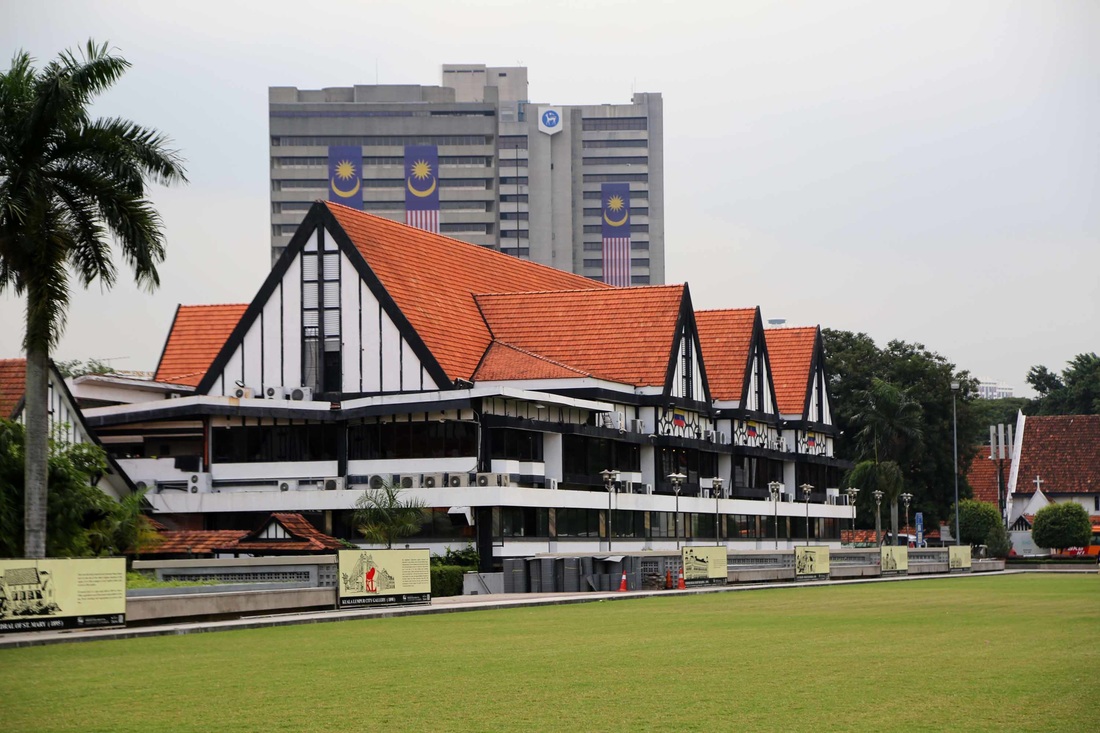
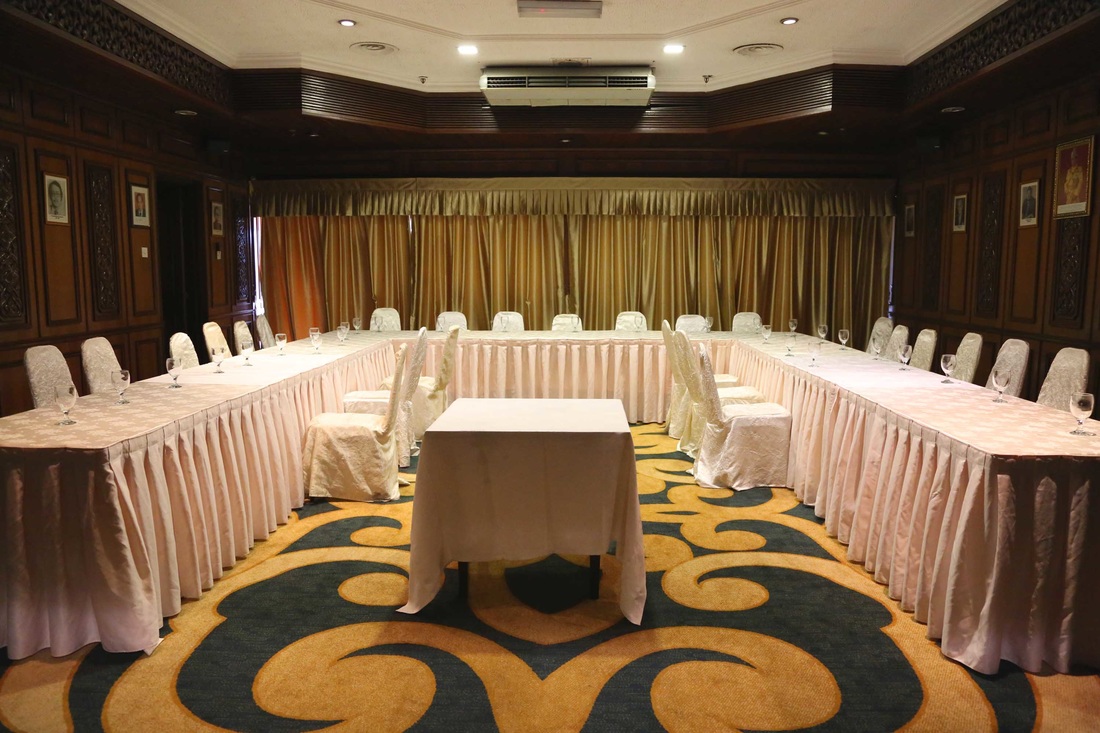
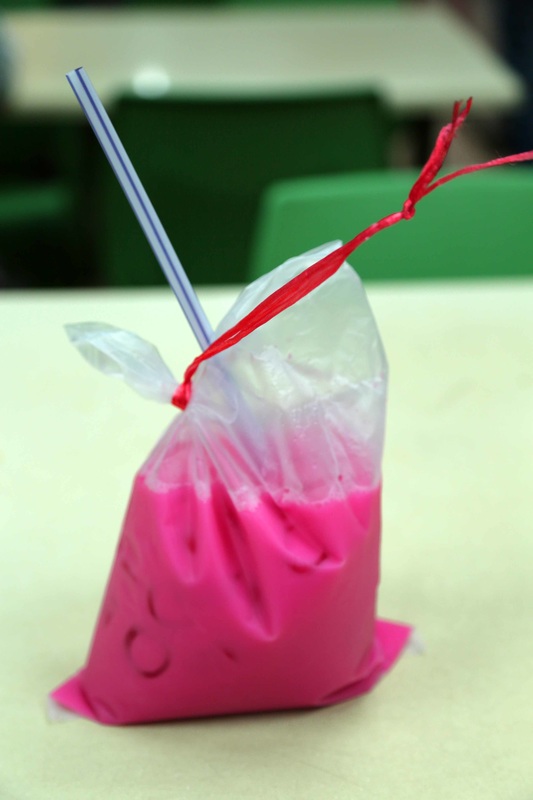
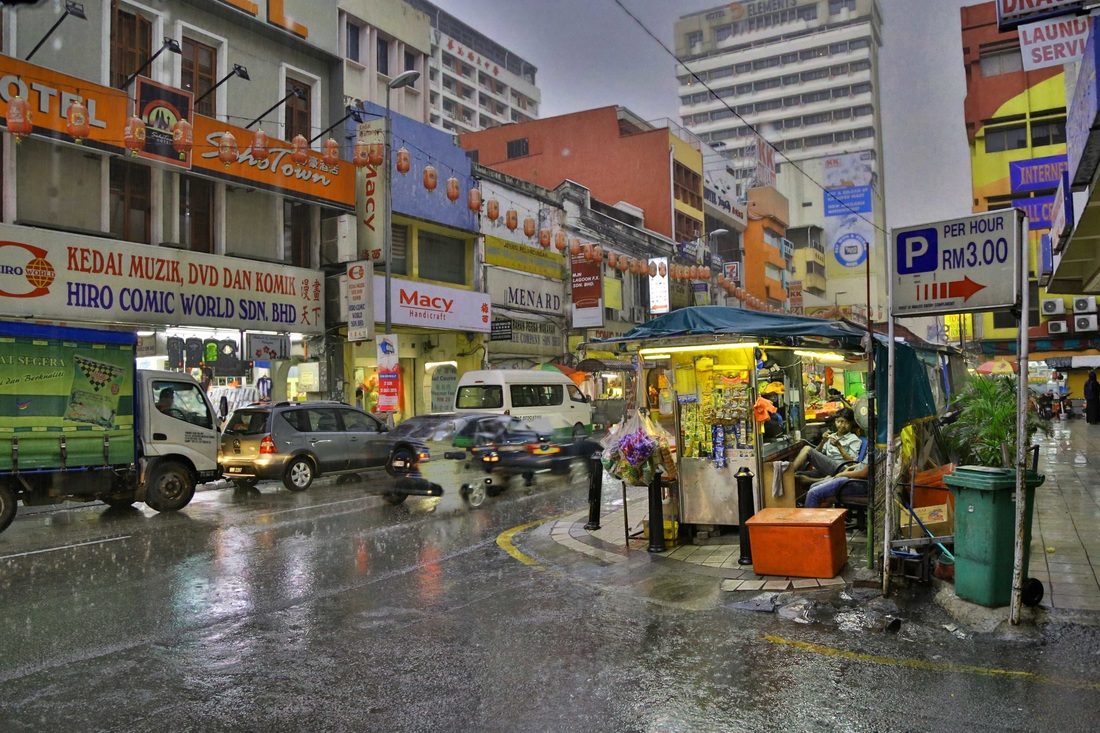
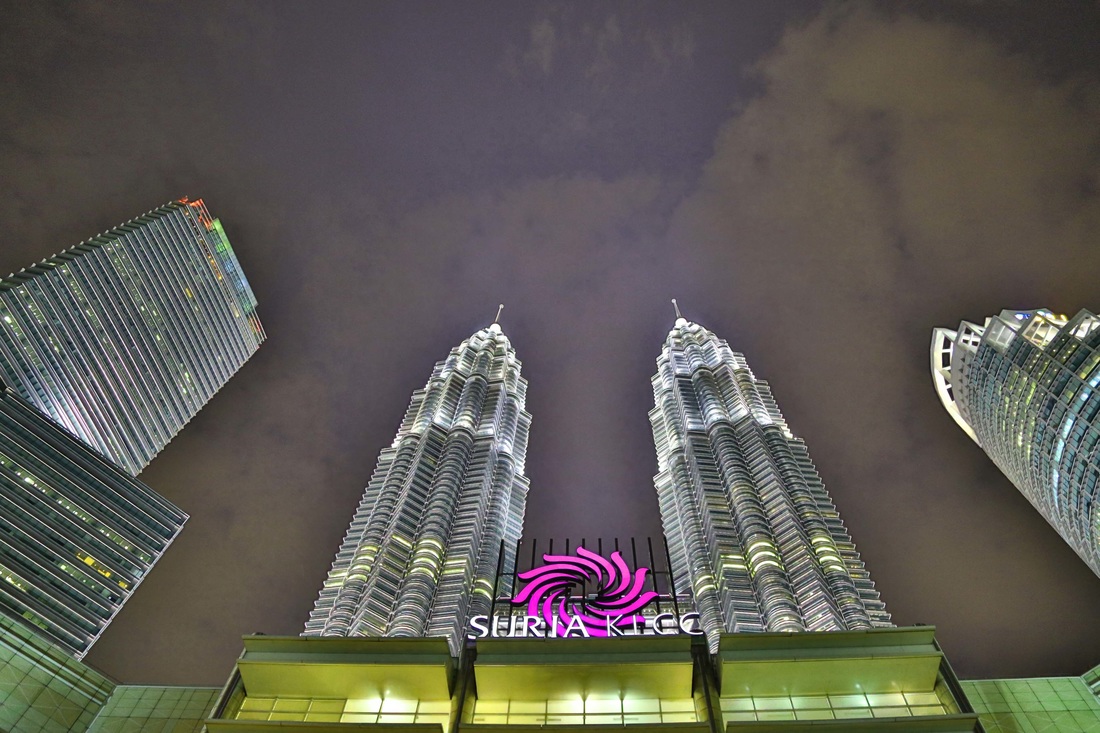
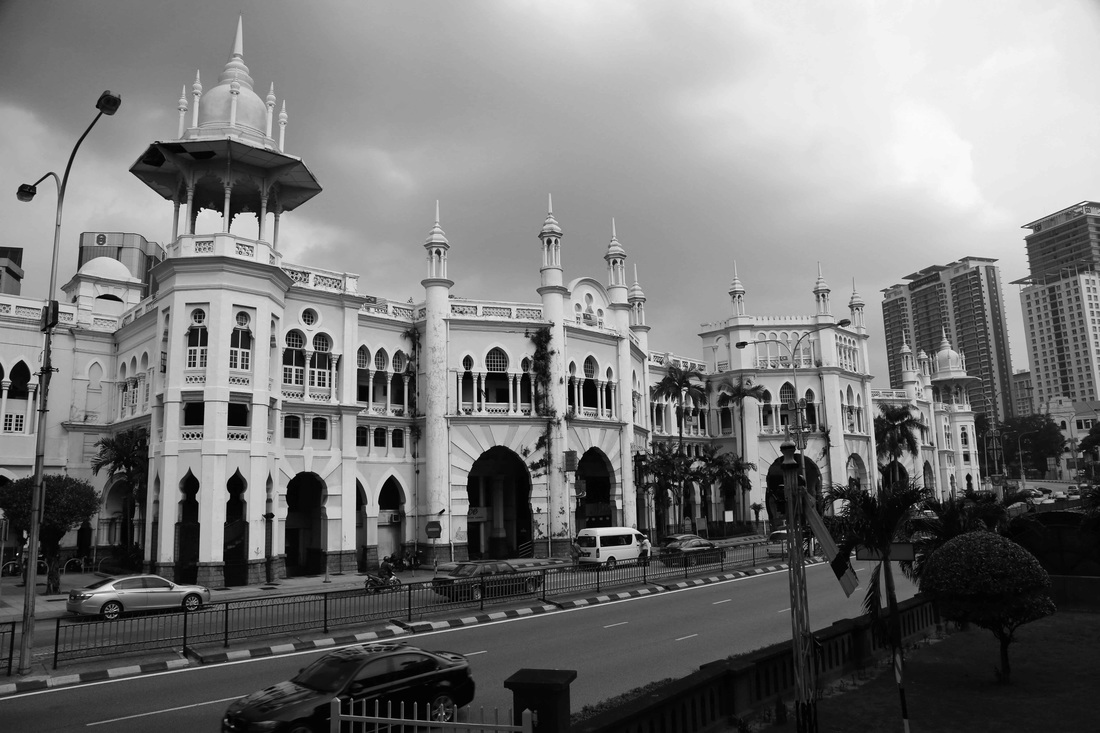
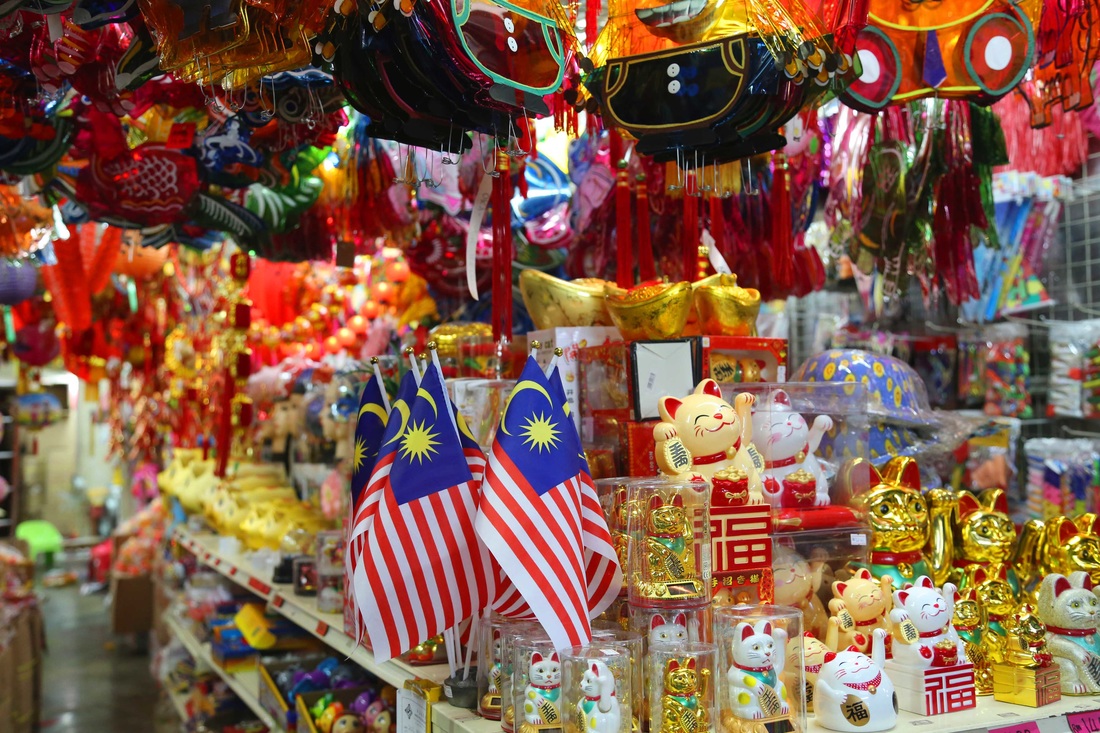
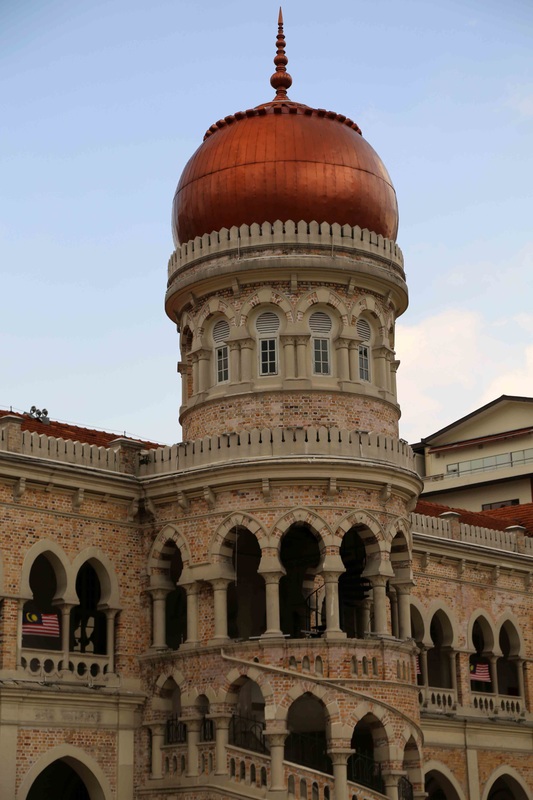
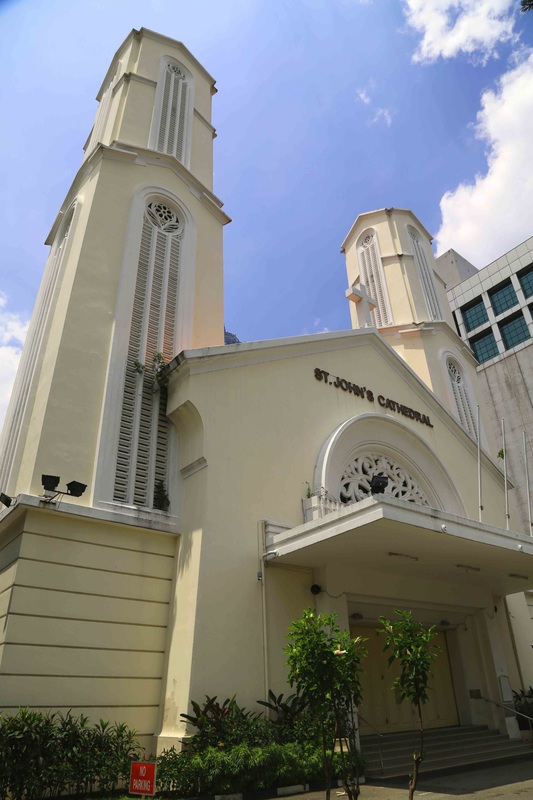
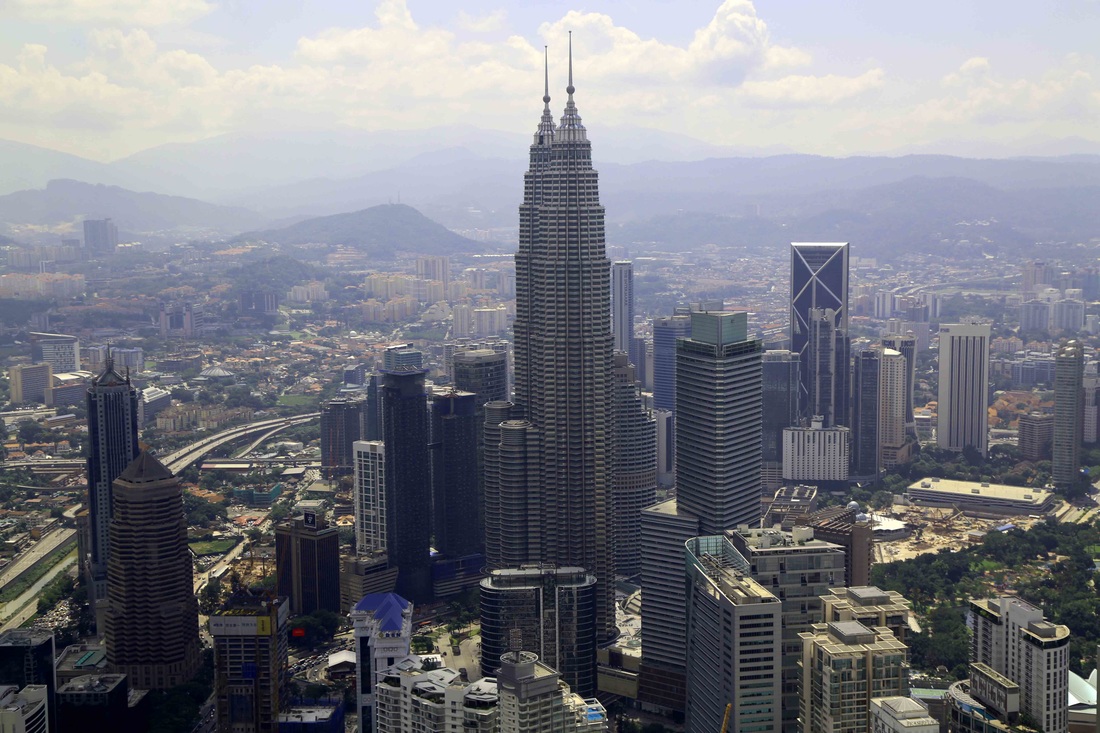
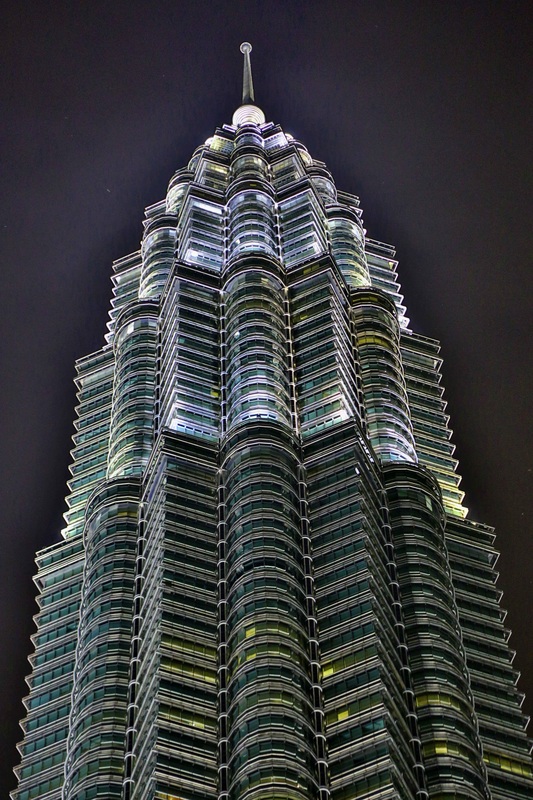
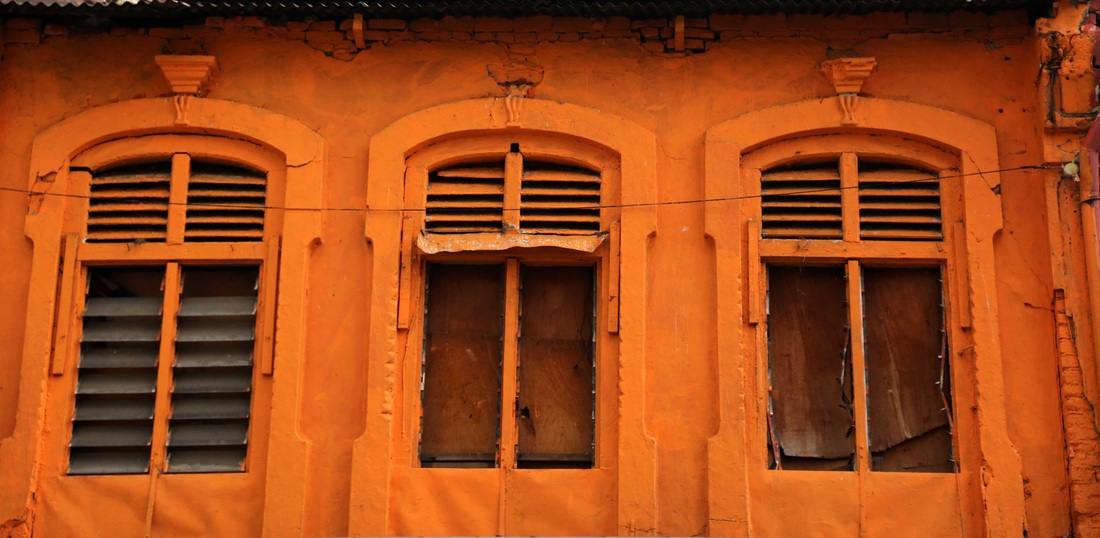
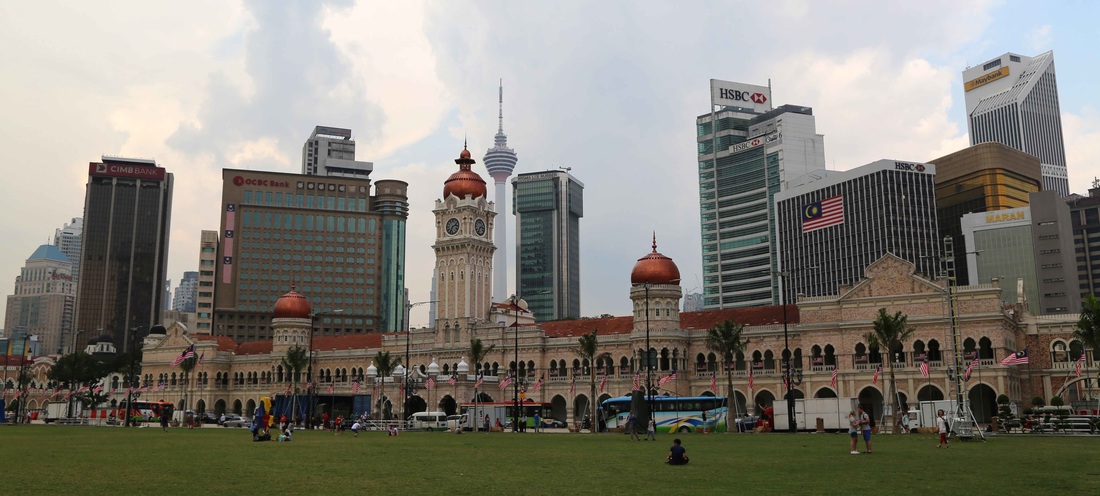
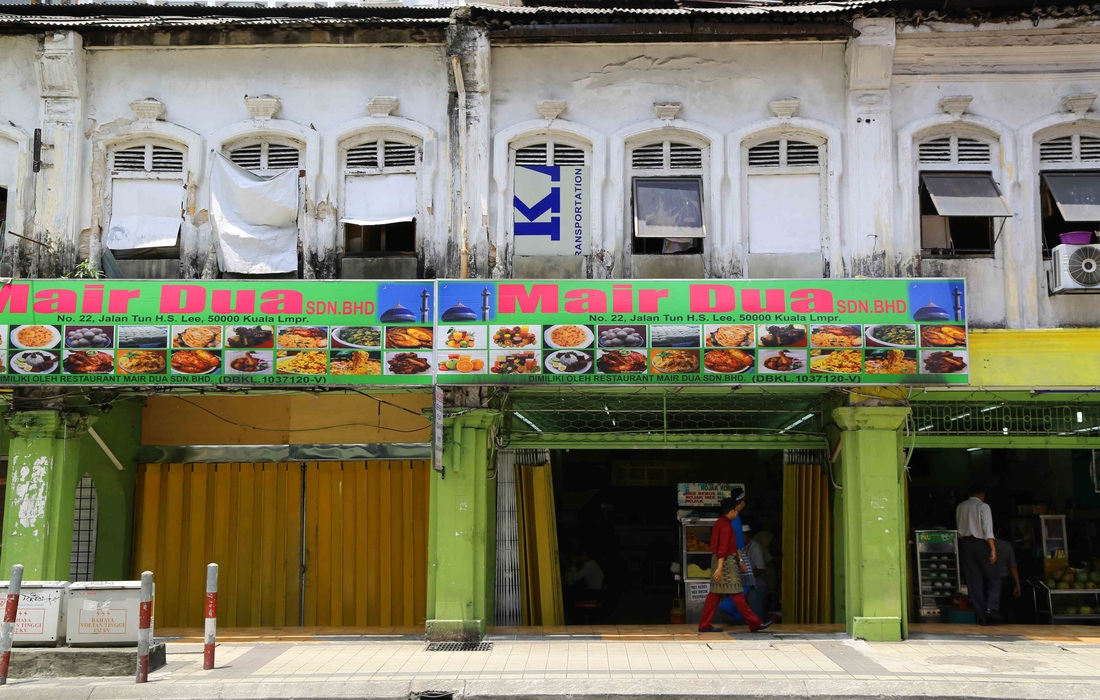
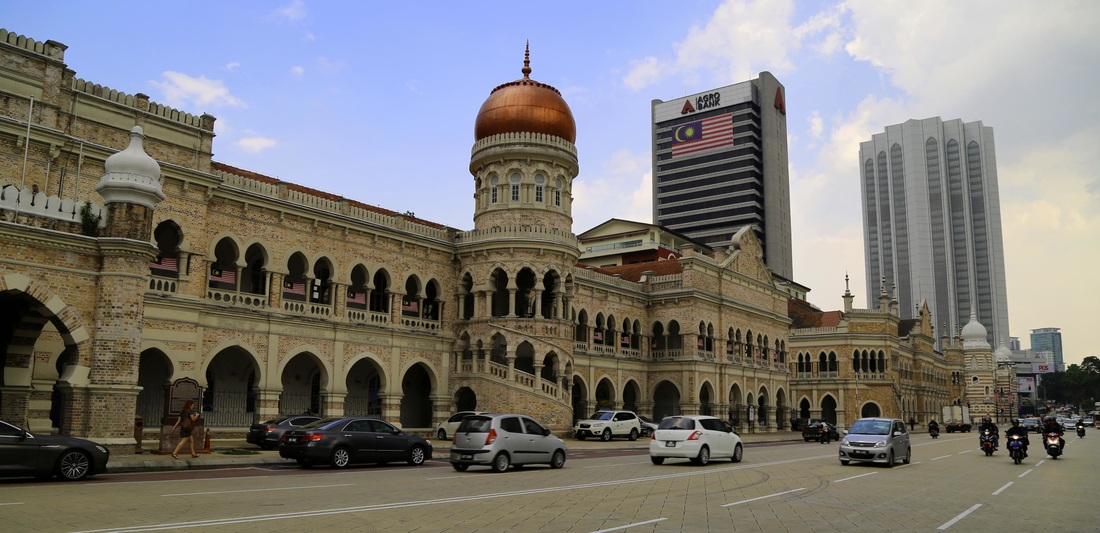
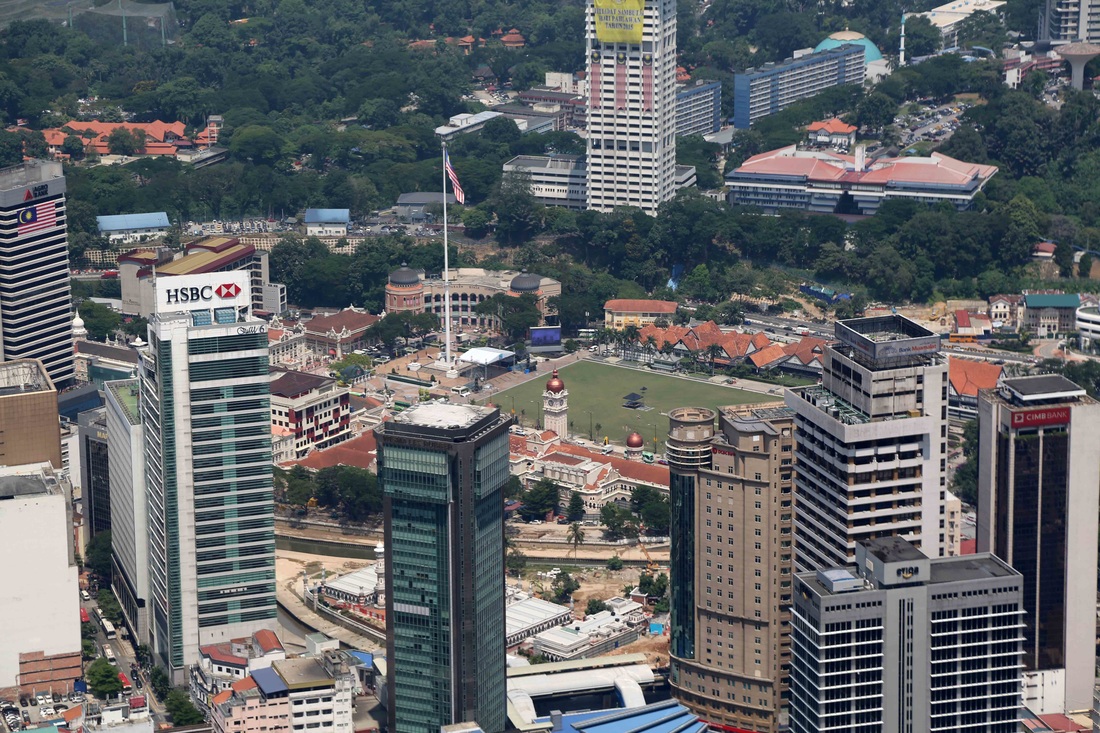
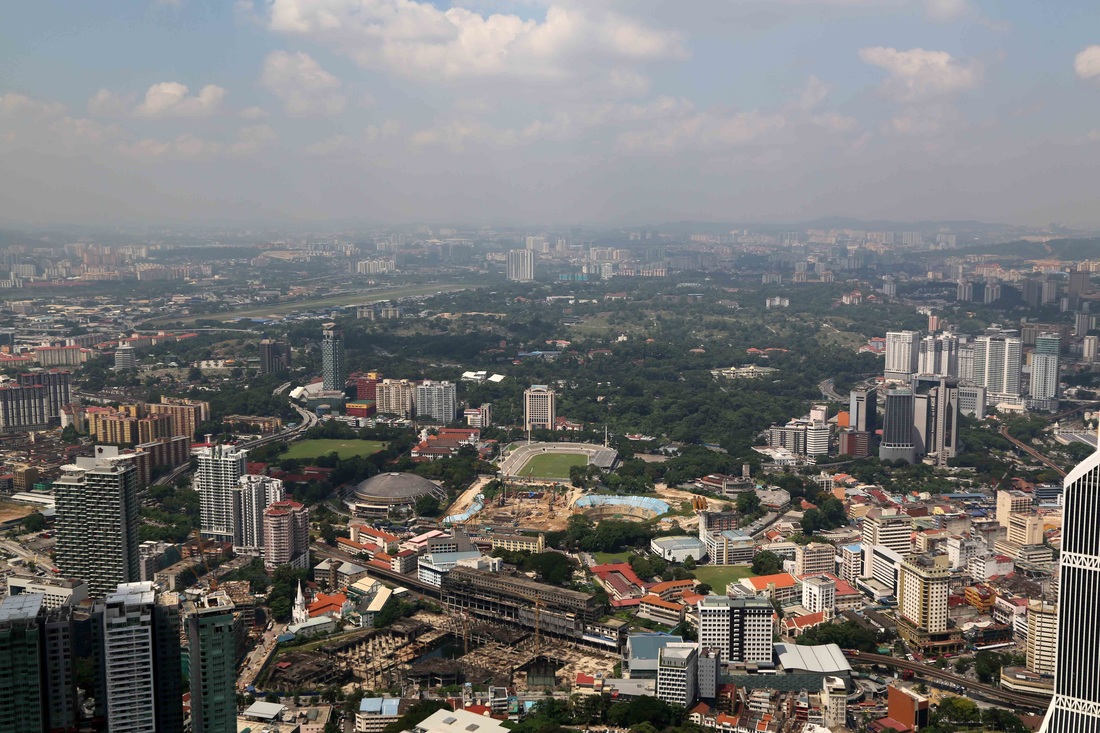




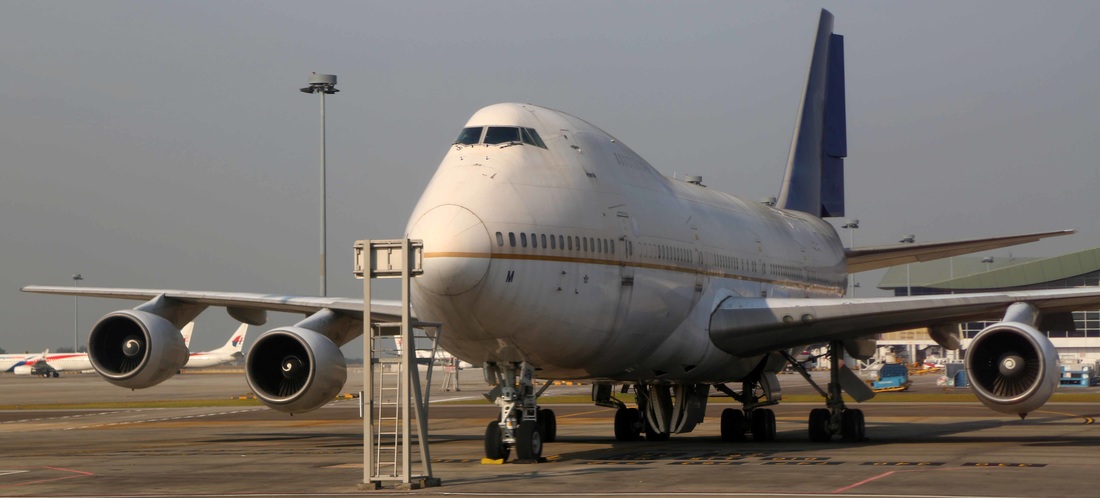

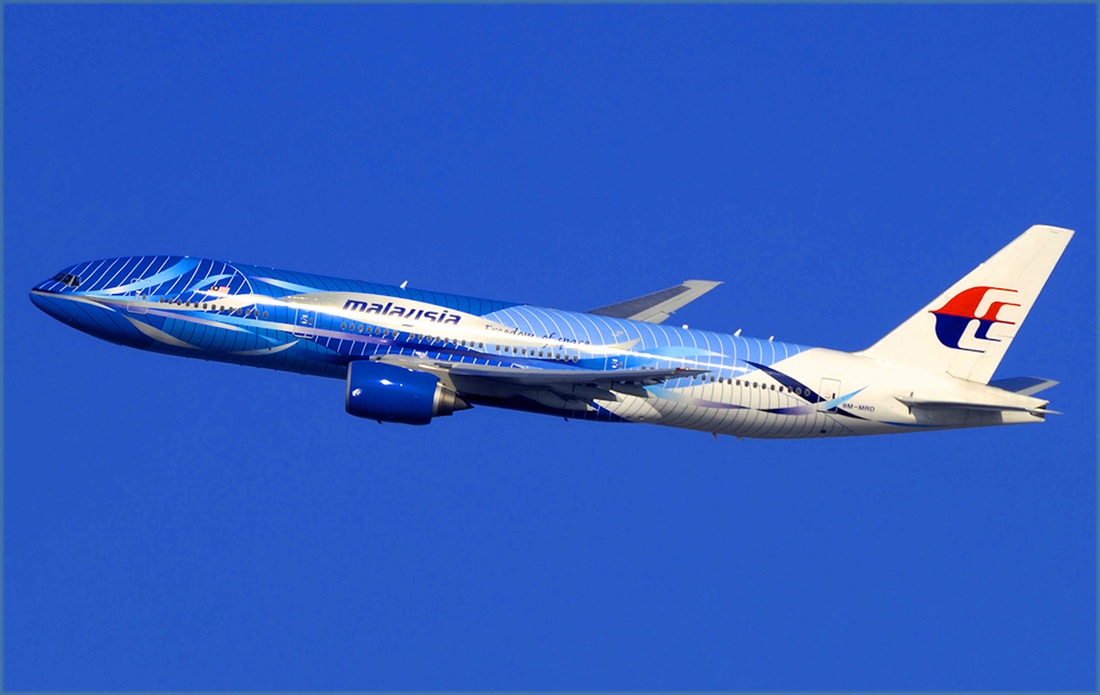
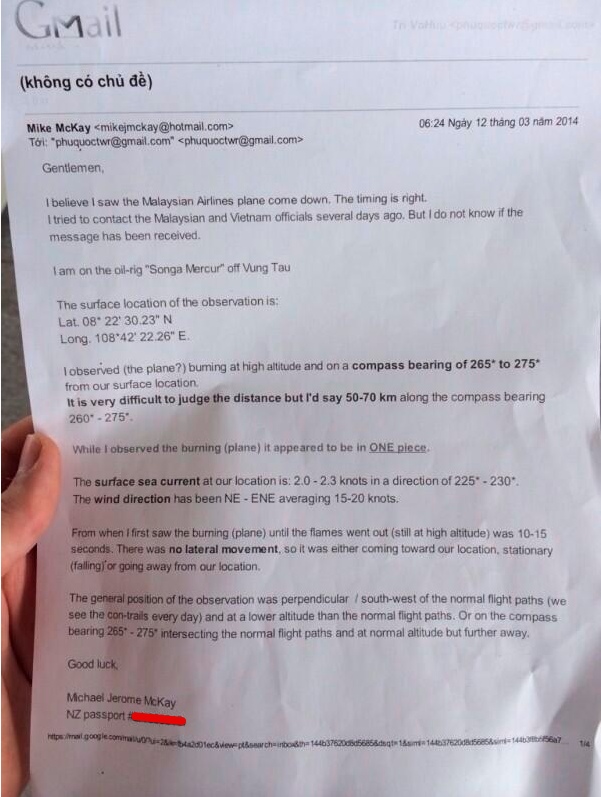
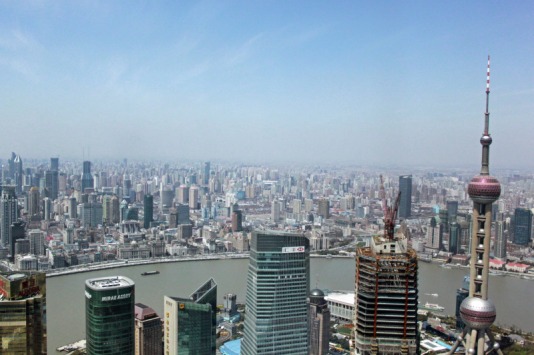
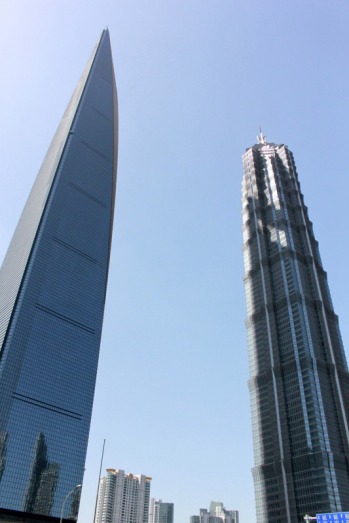
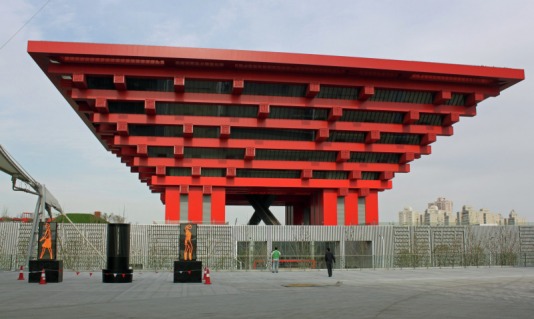
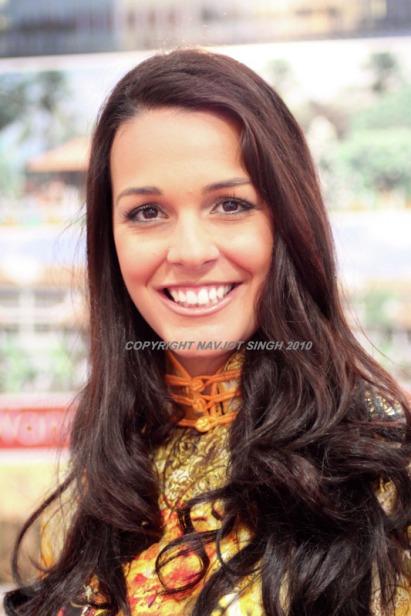
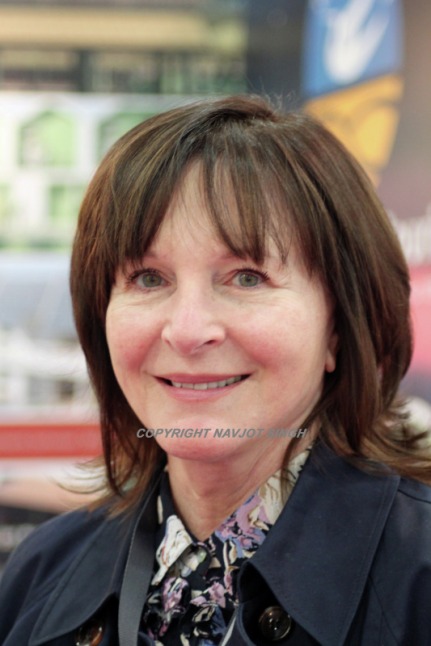

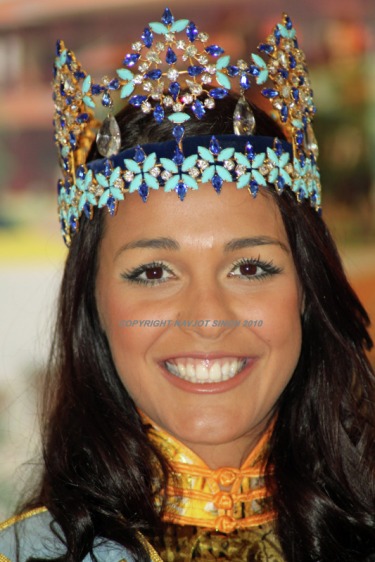
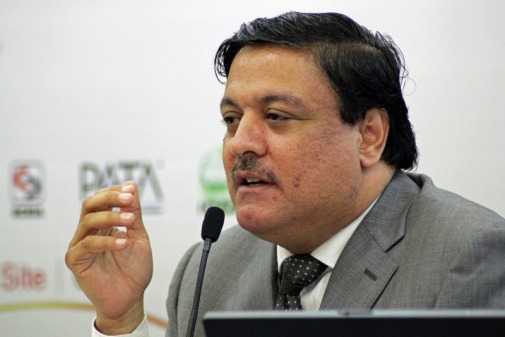


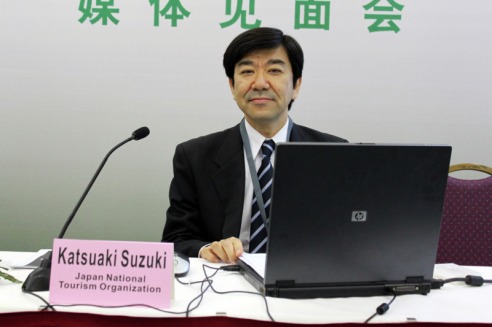
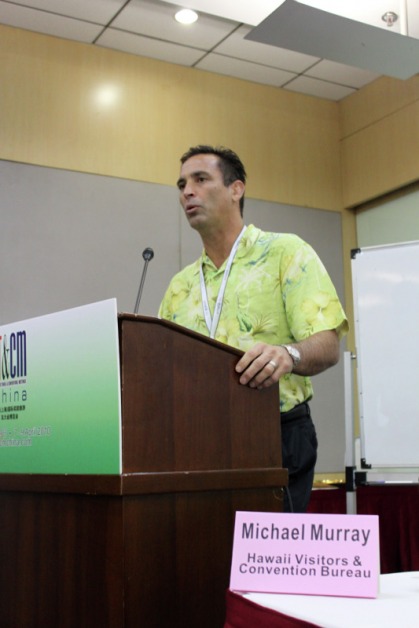
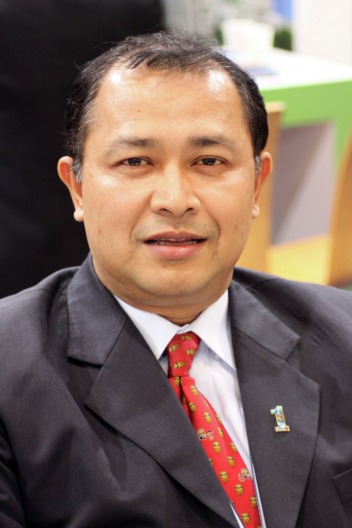
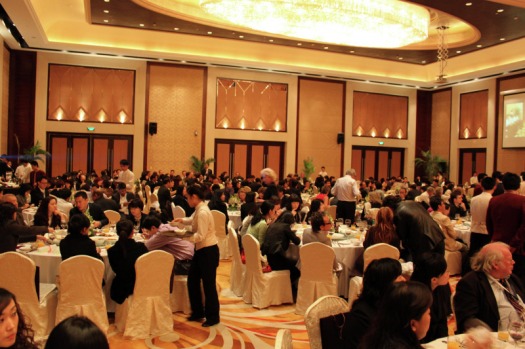
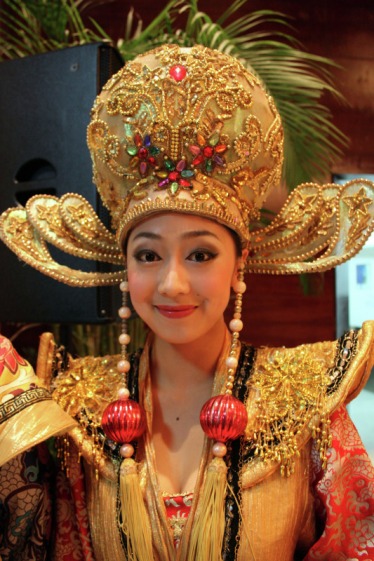

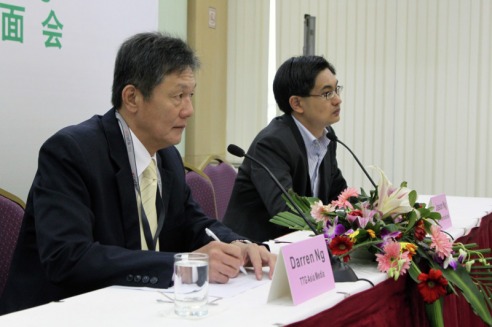
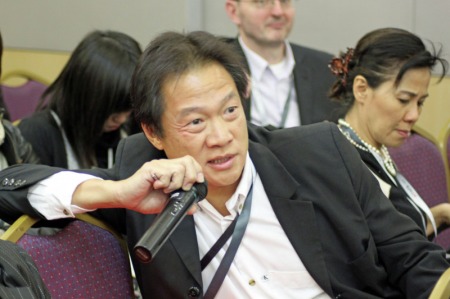
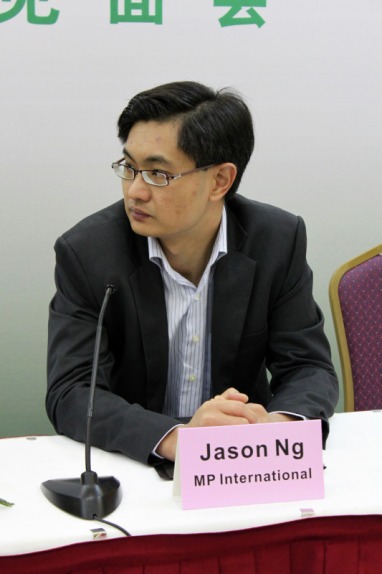
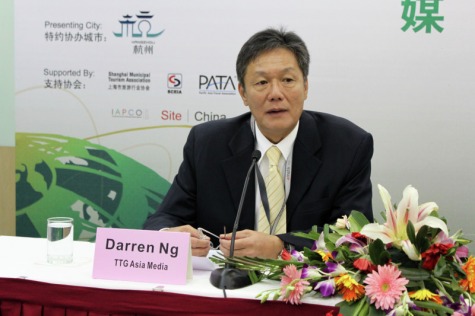
 RSS Feed
RSS Feed

